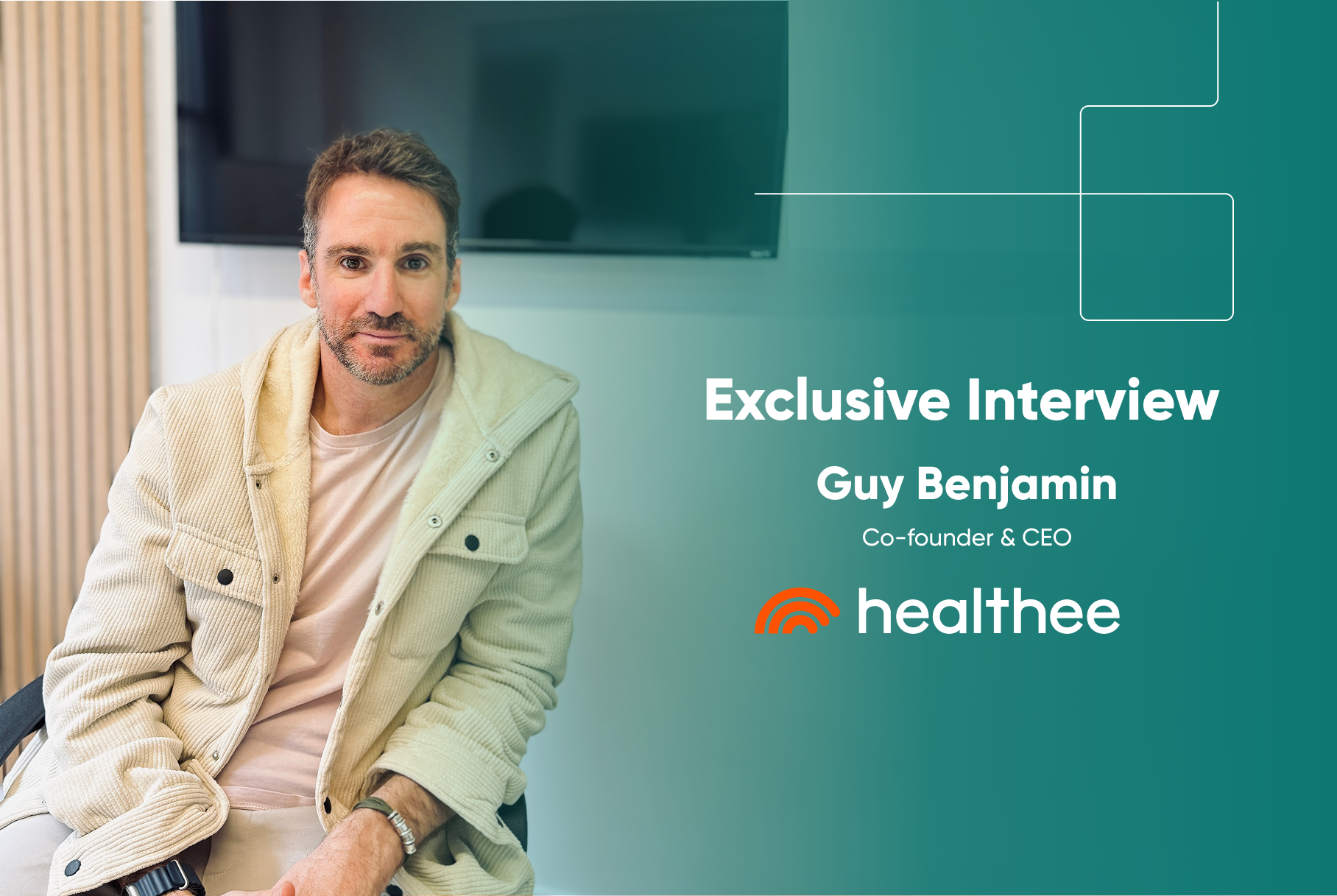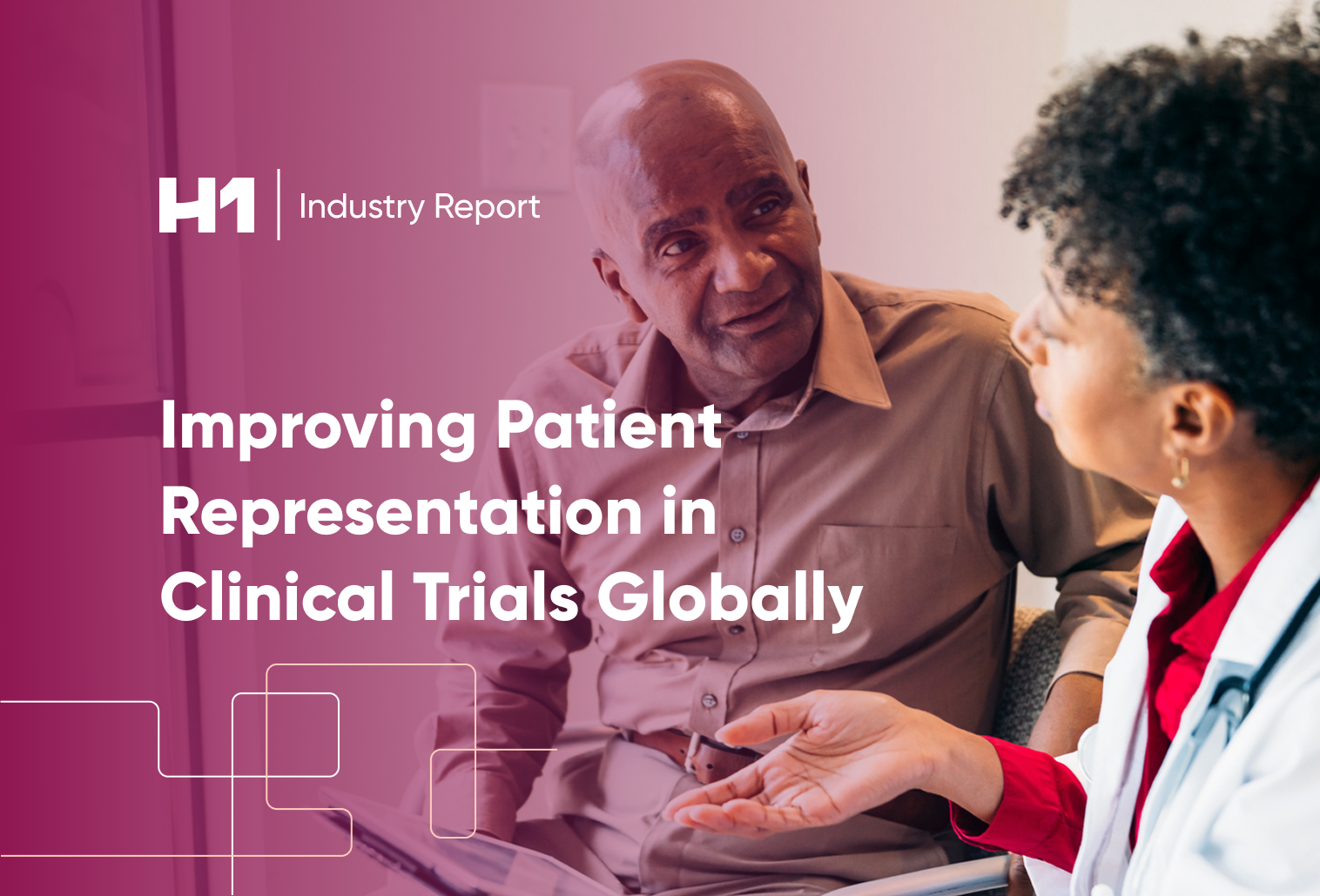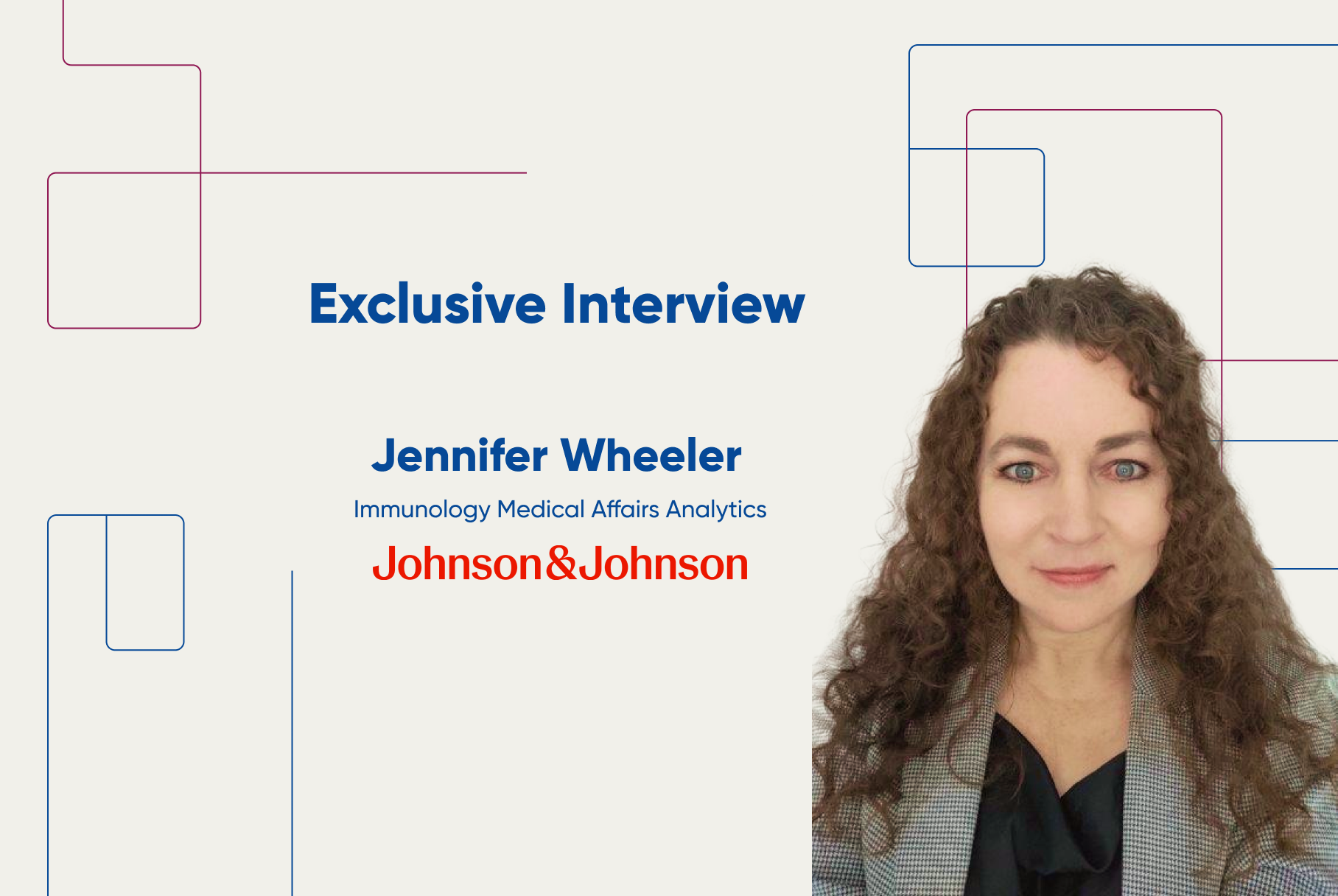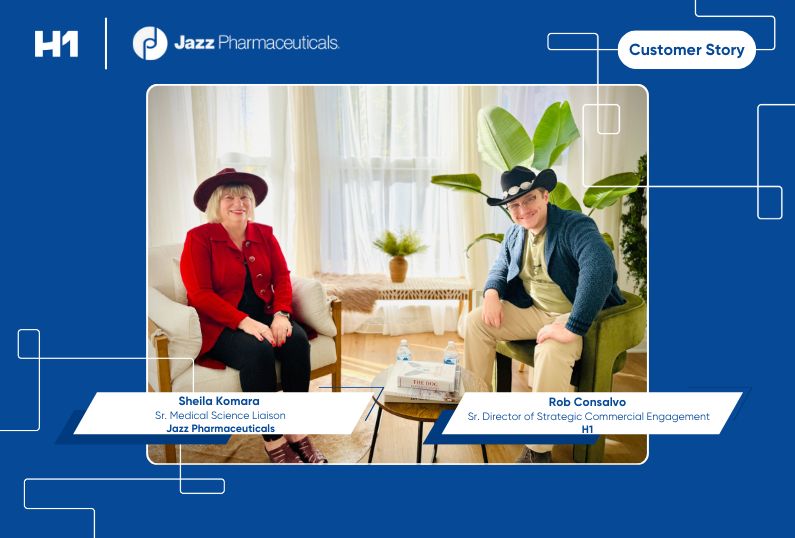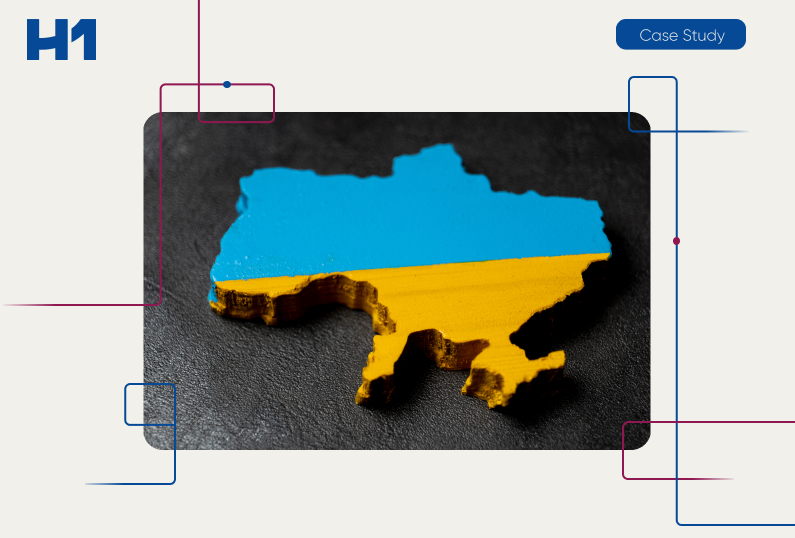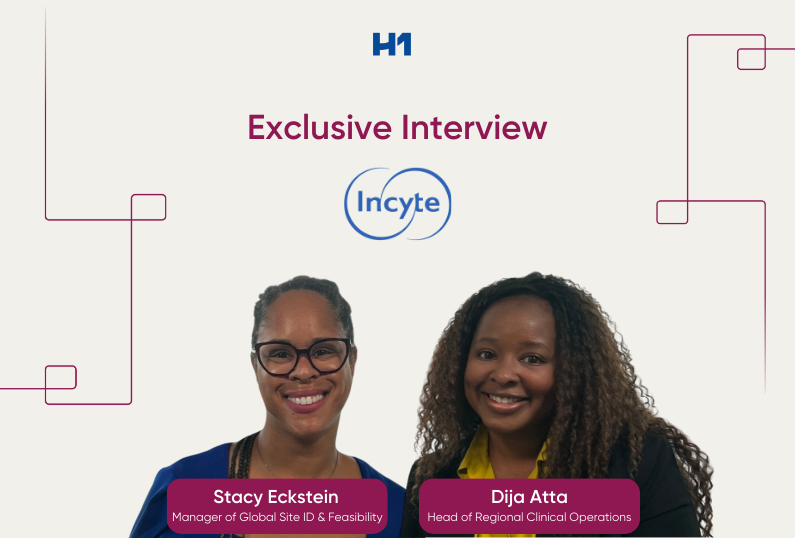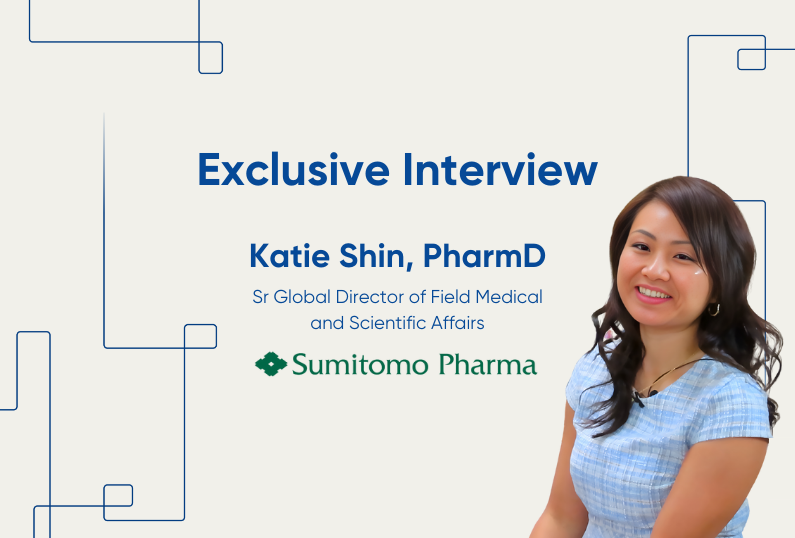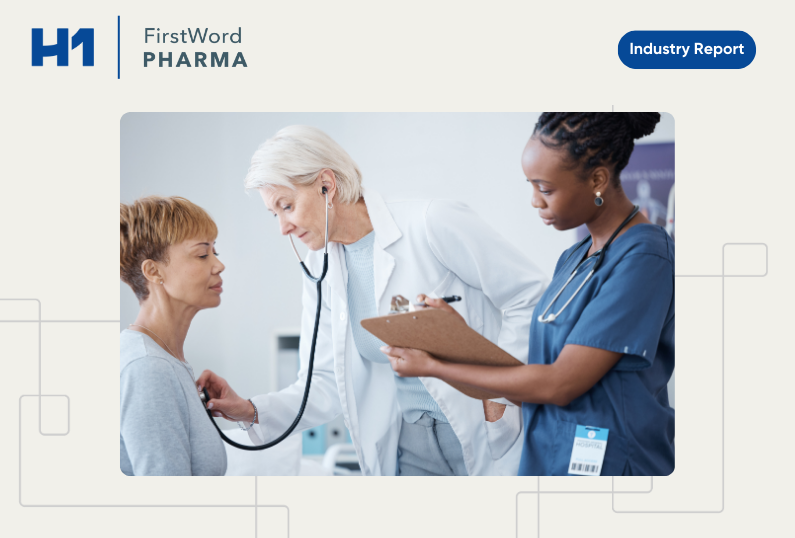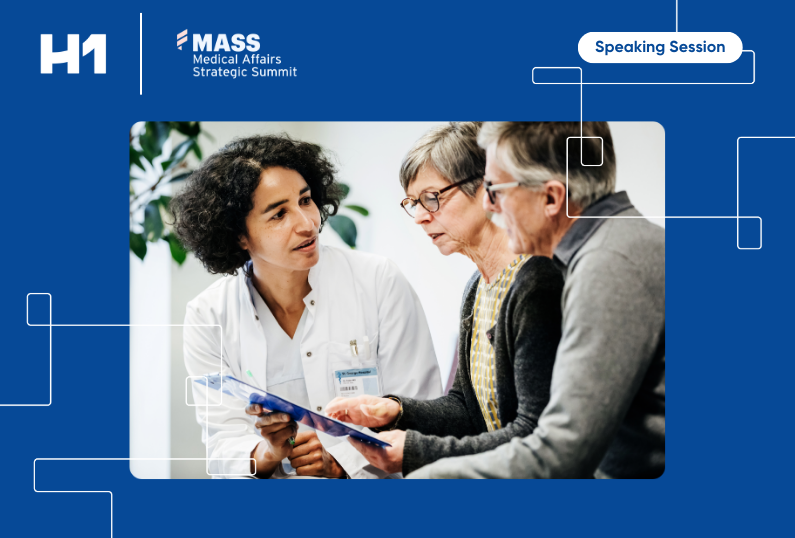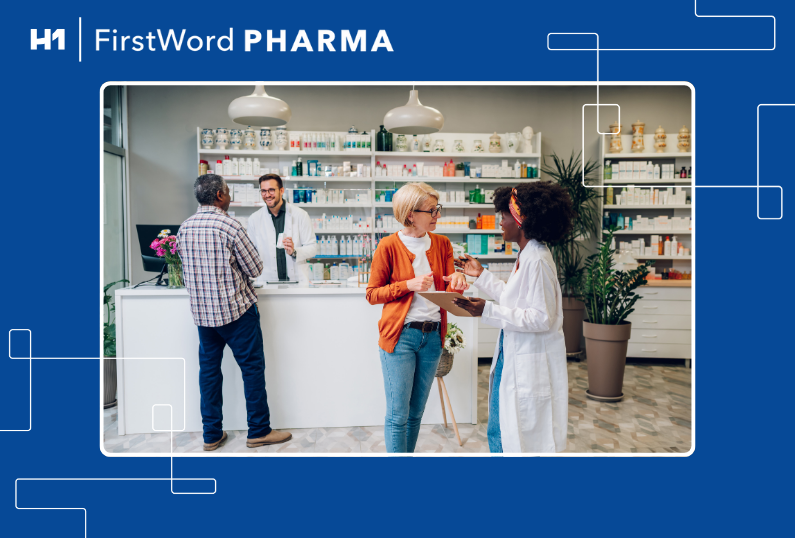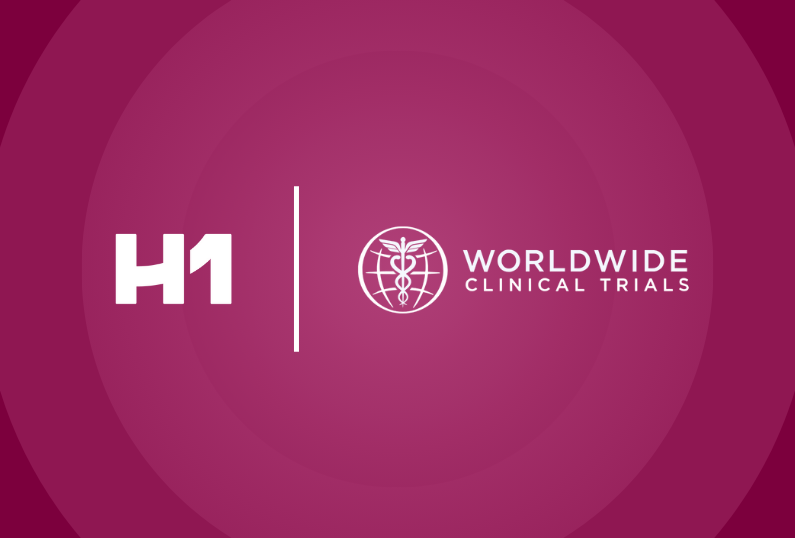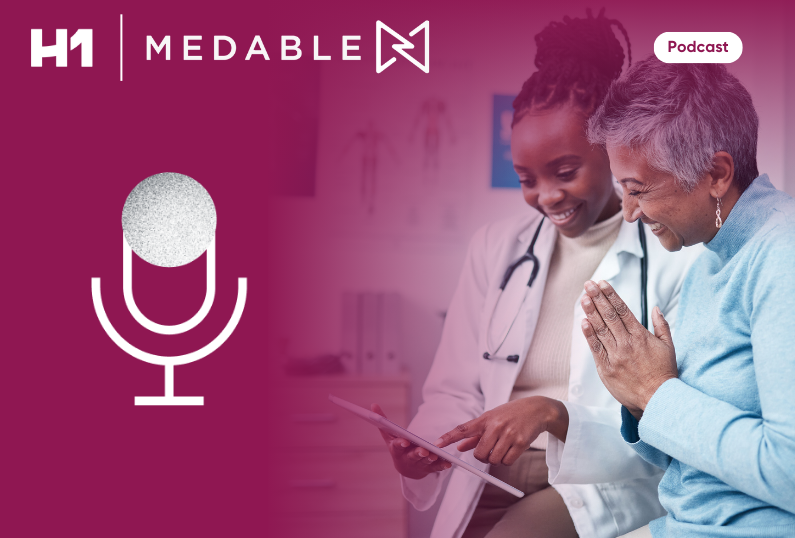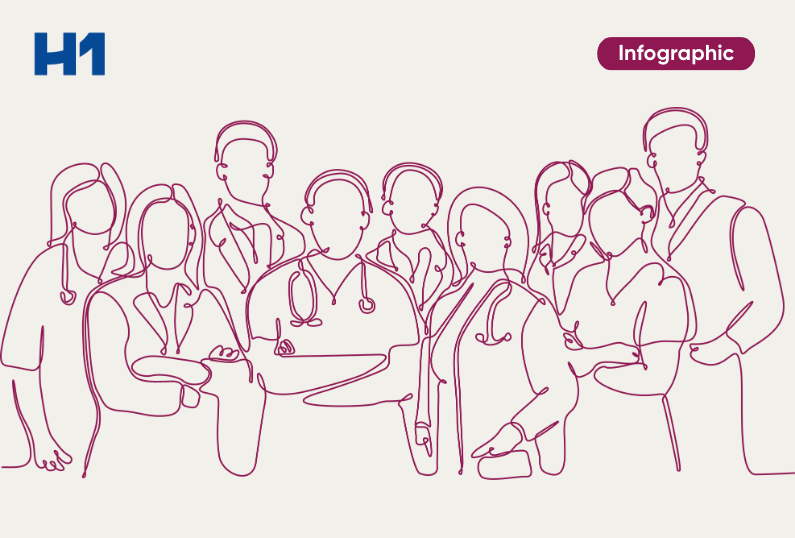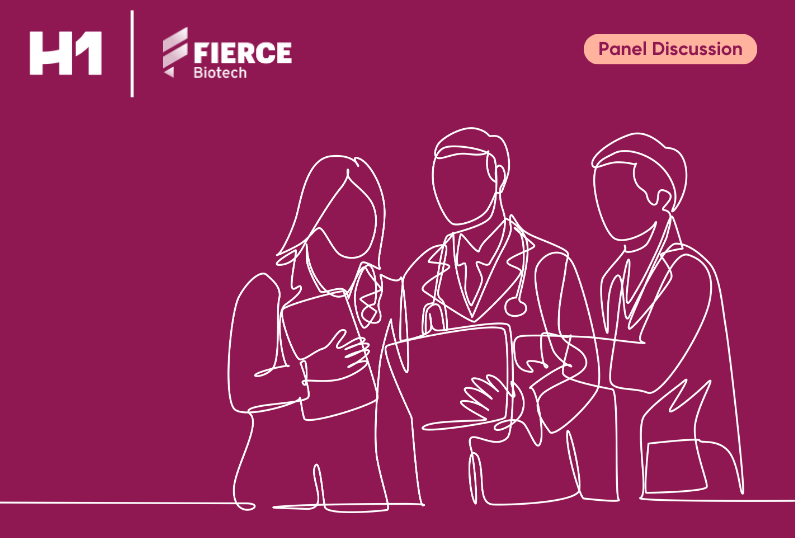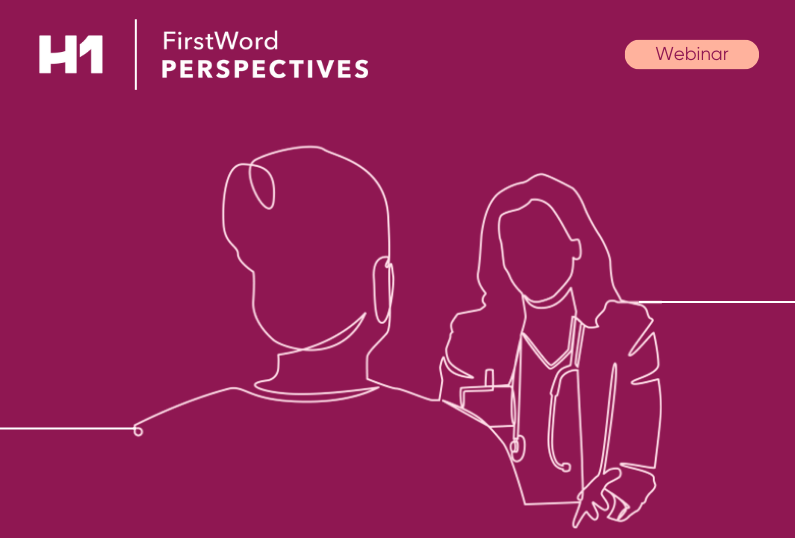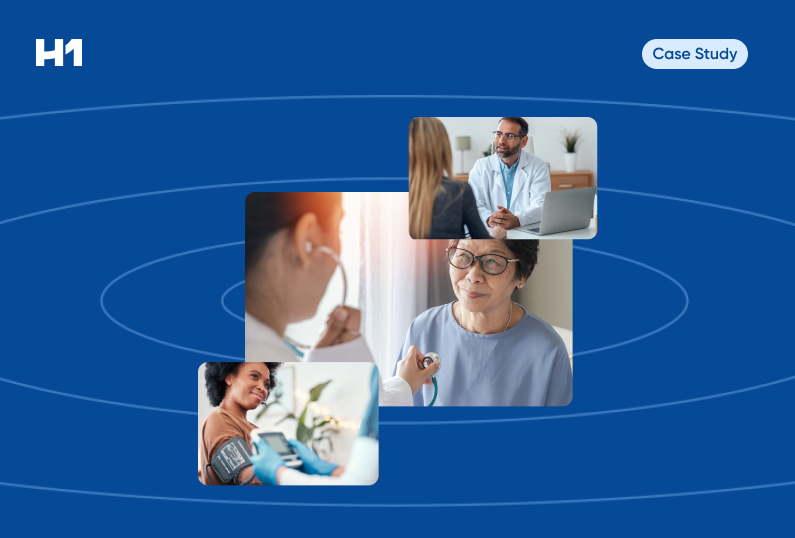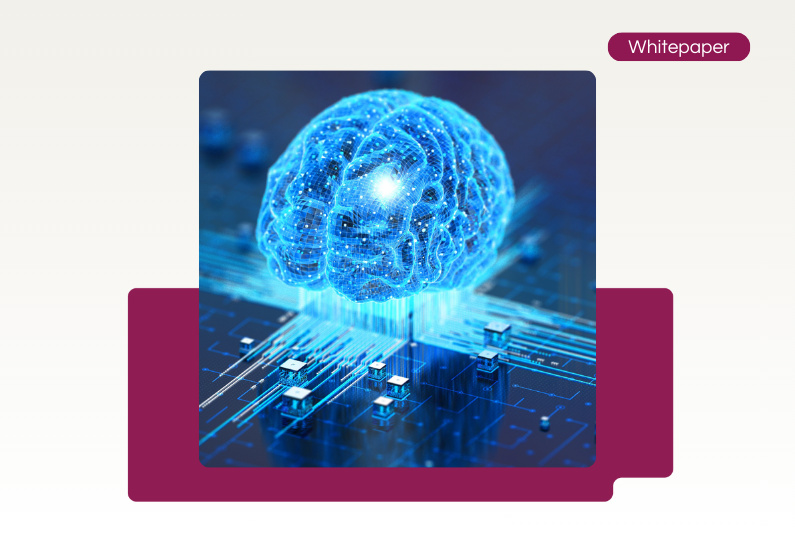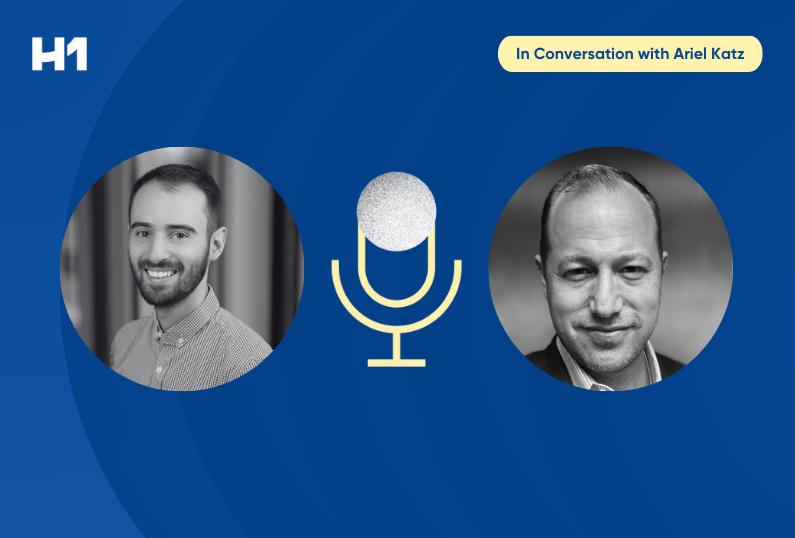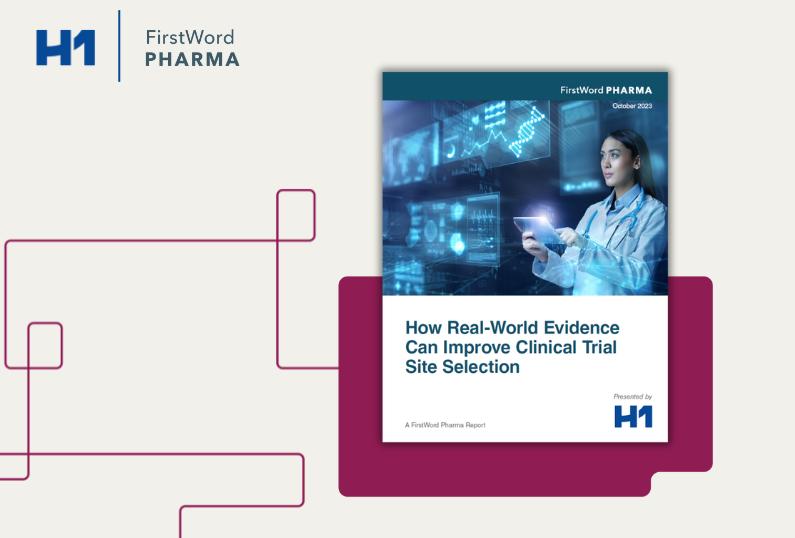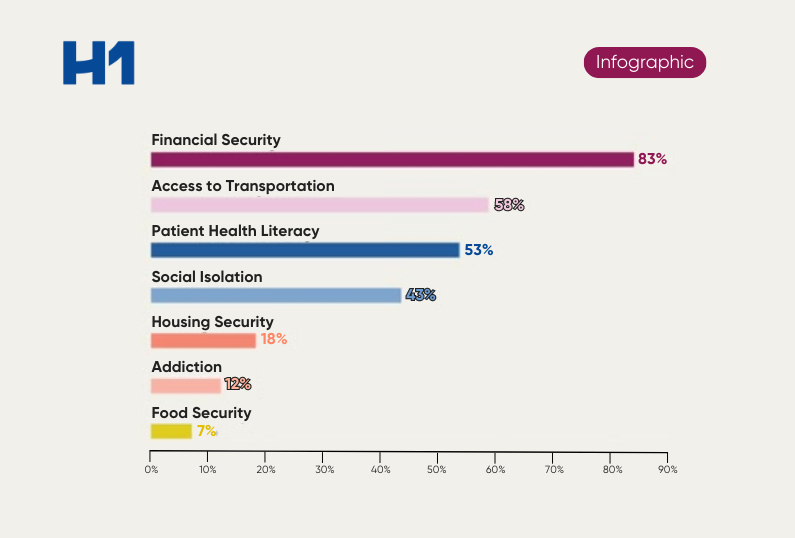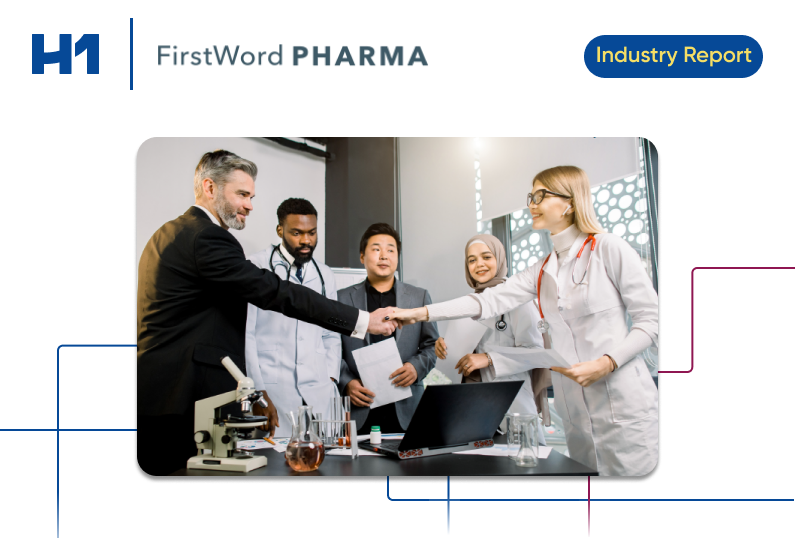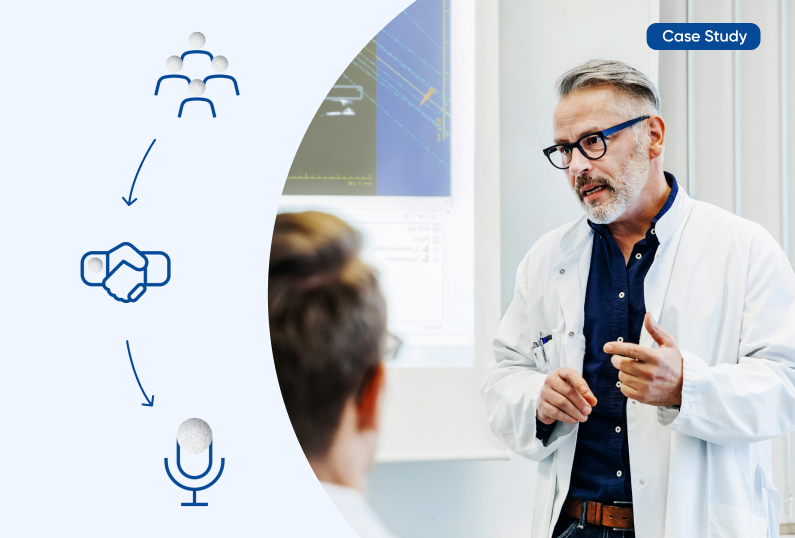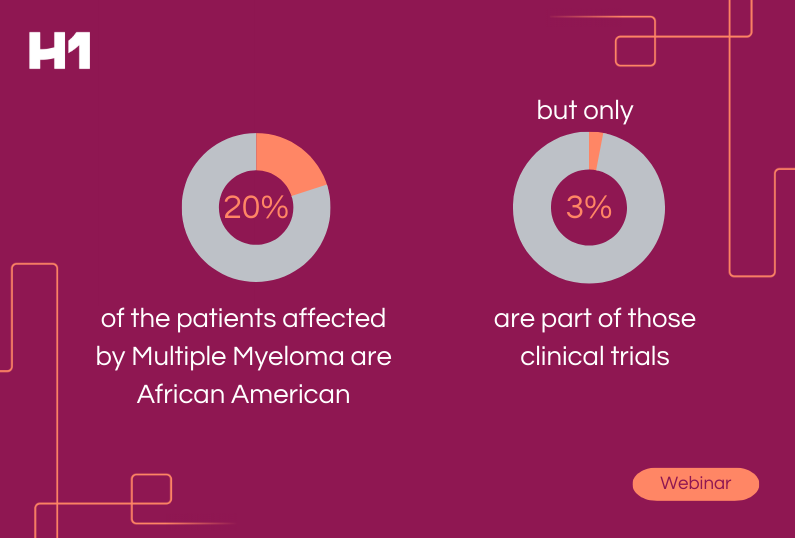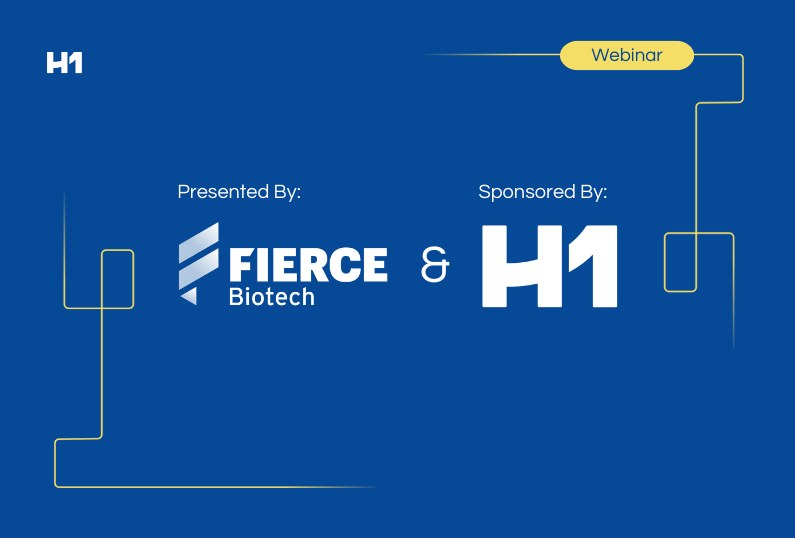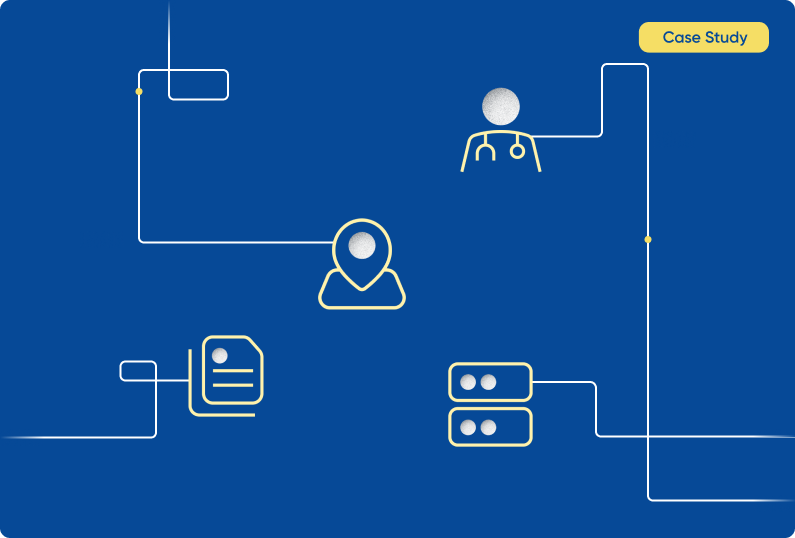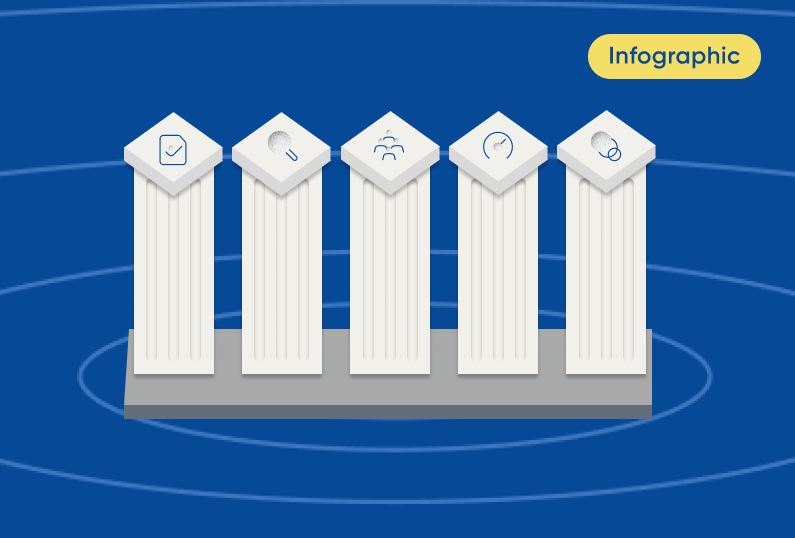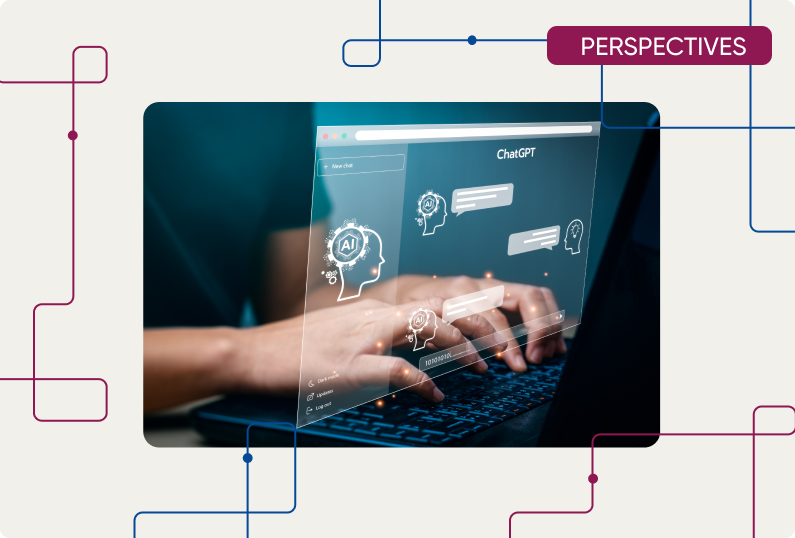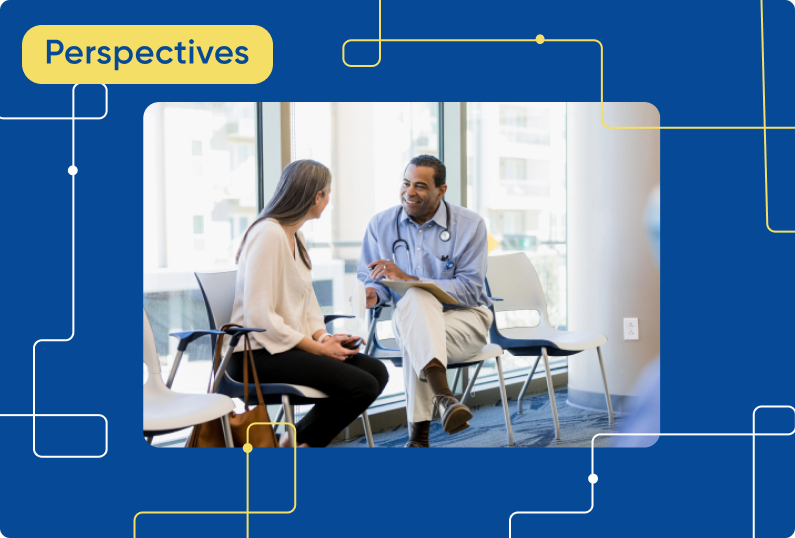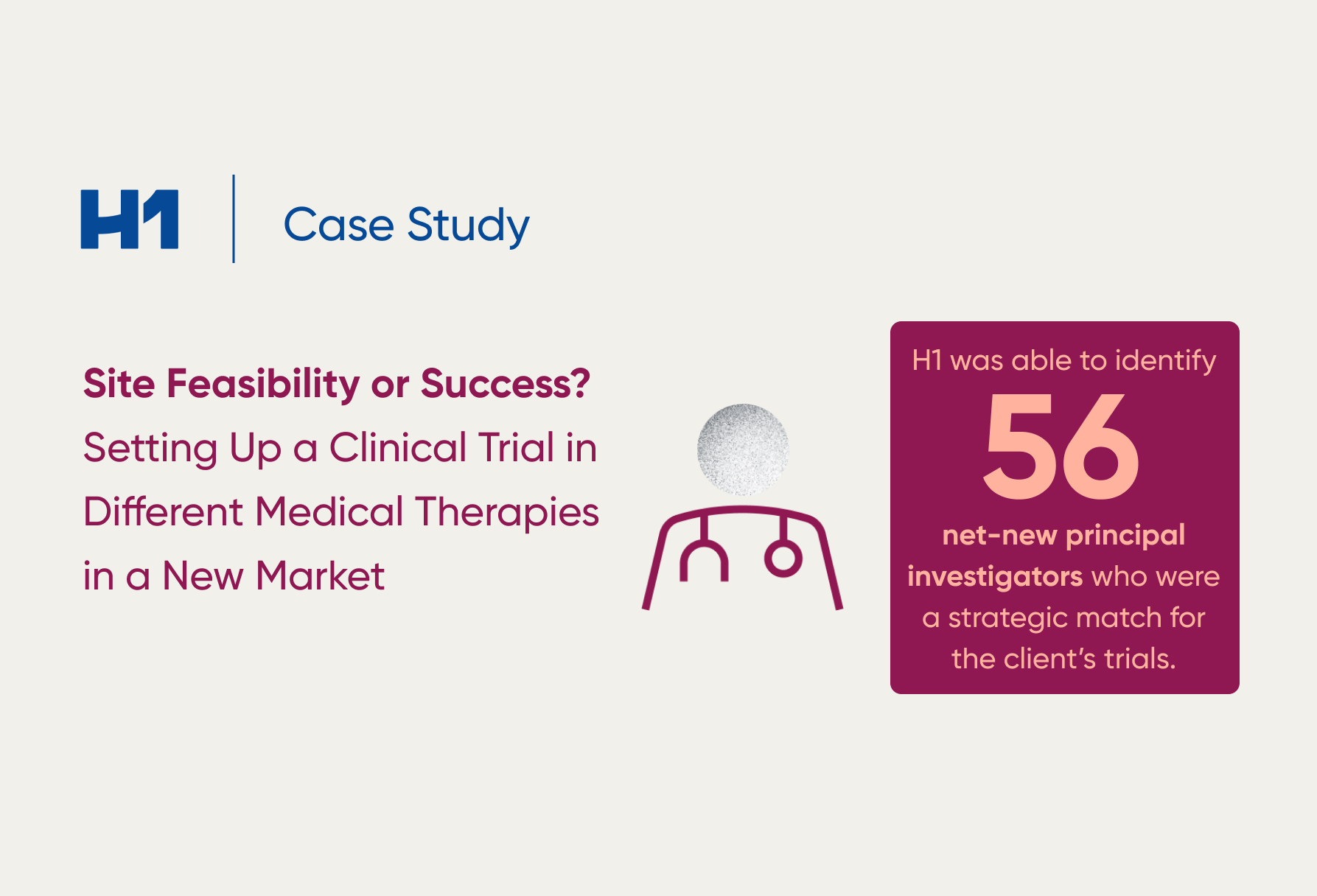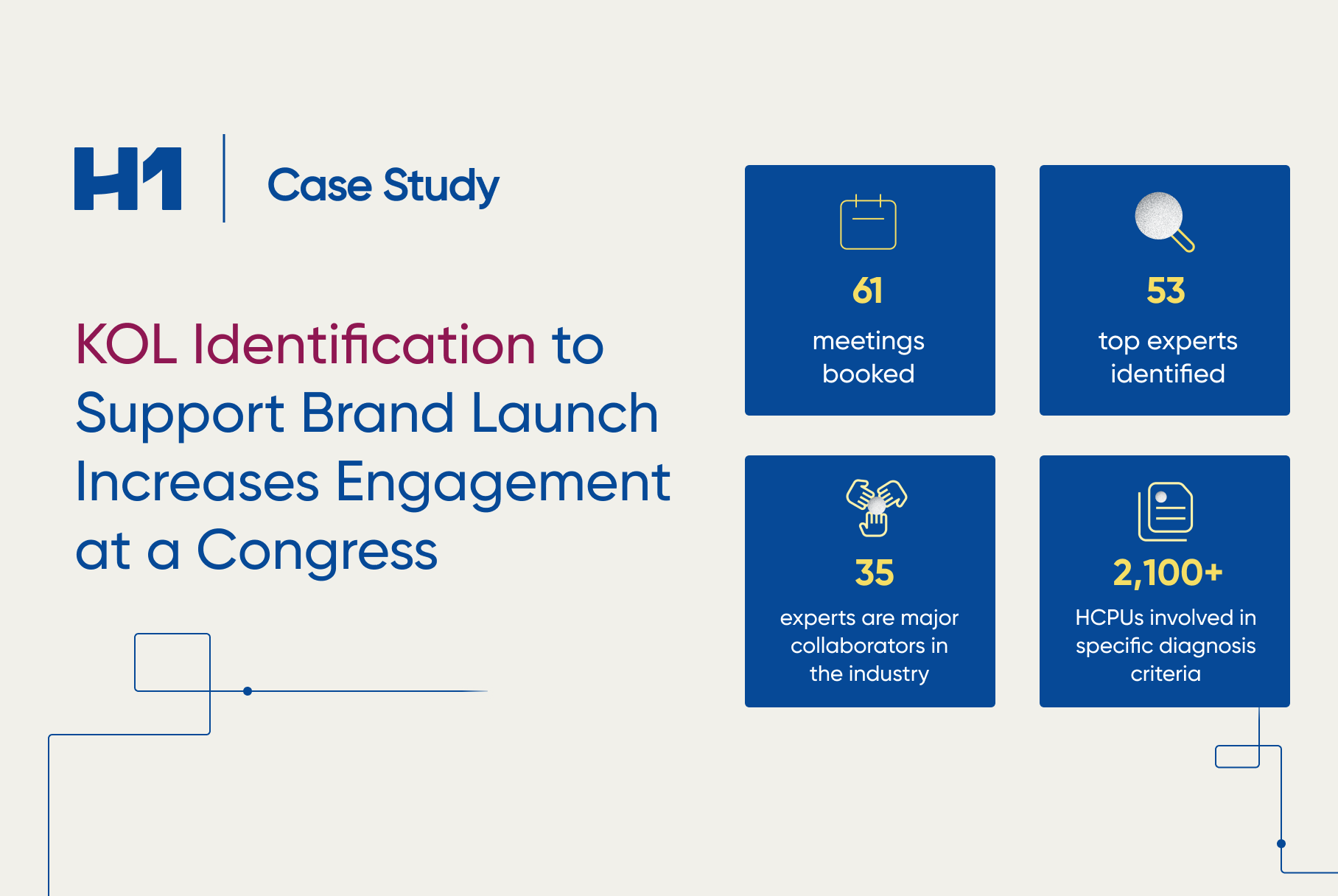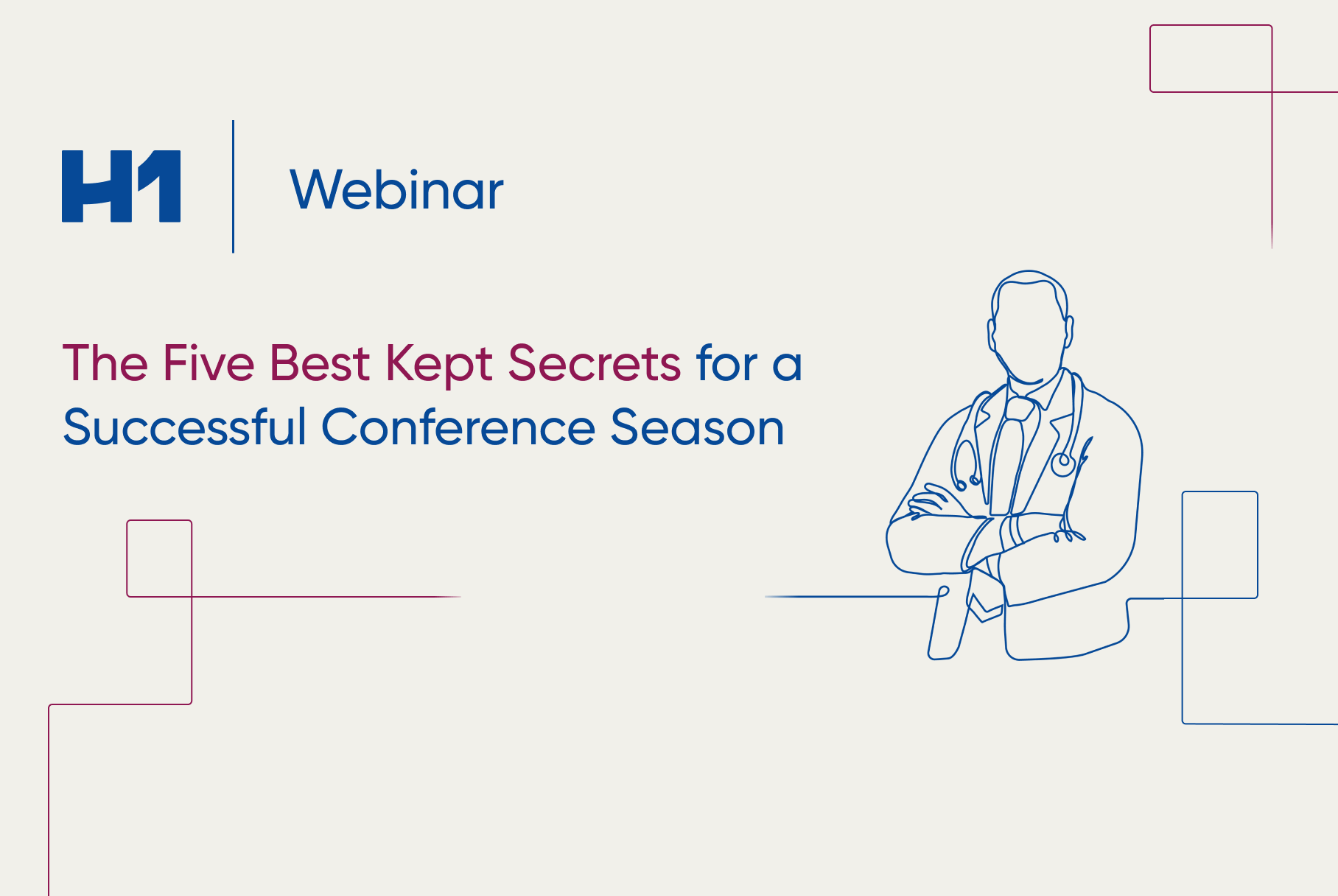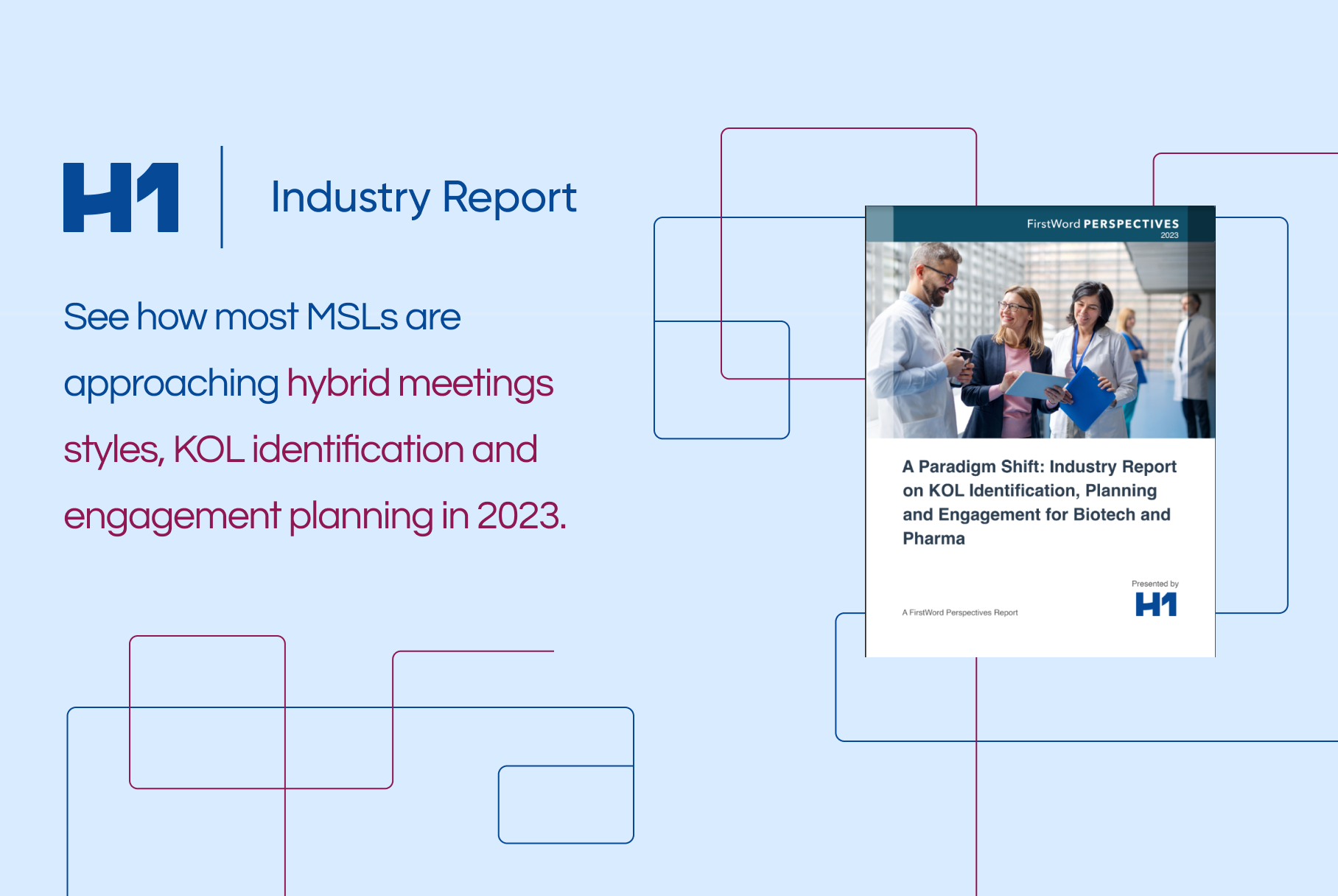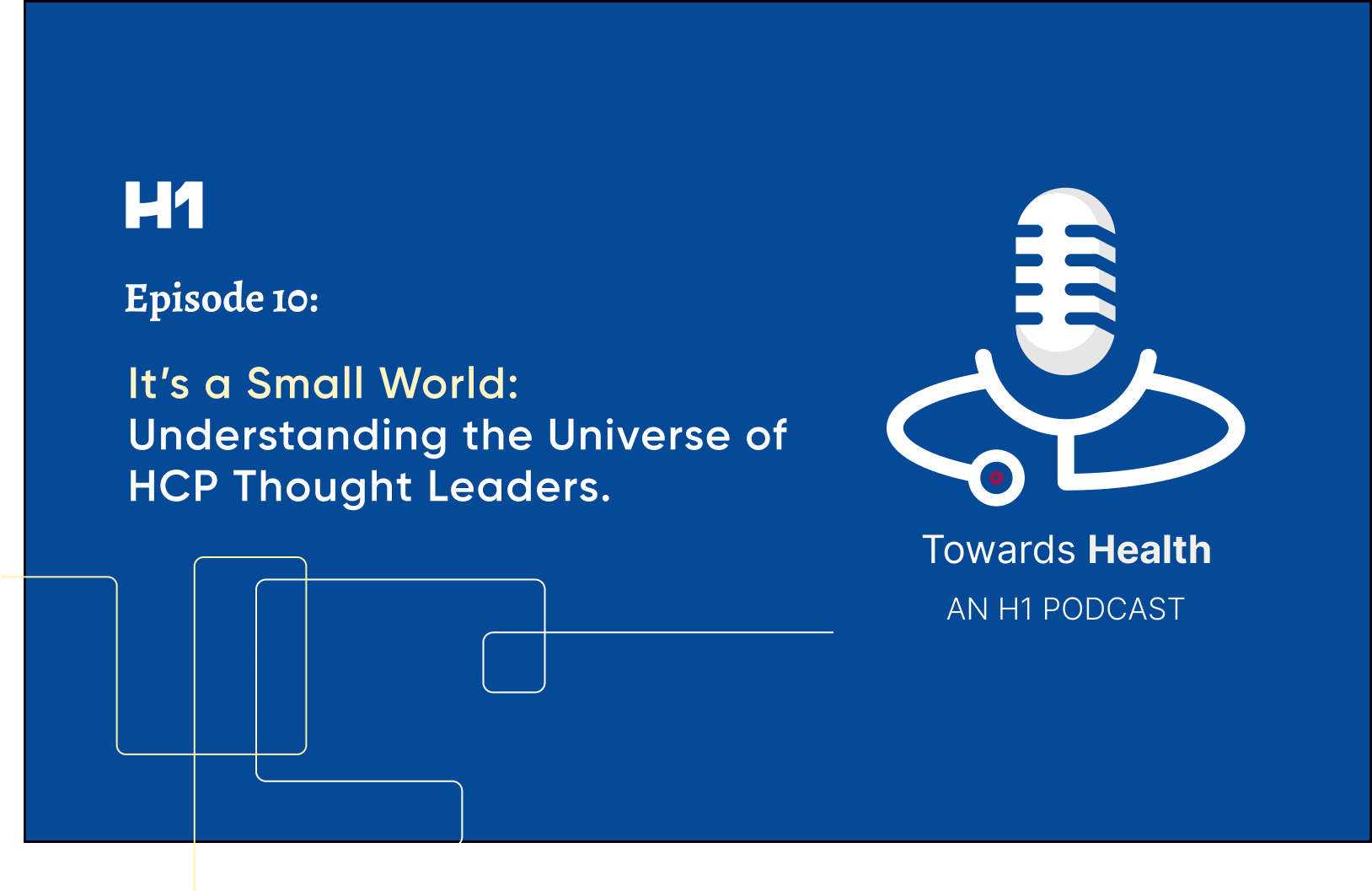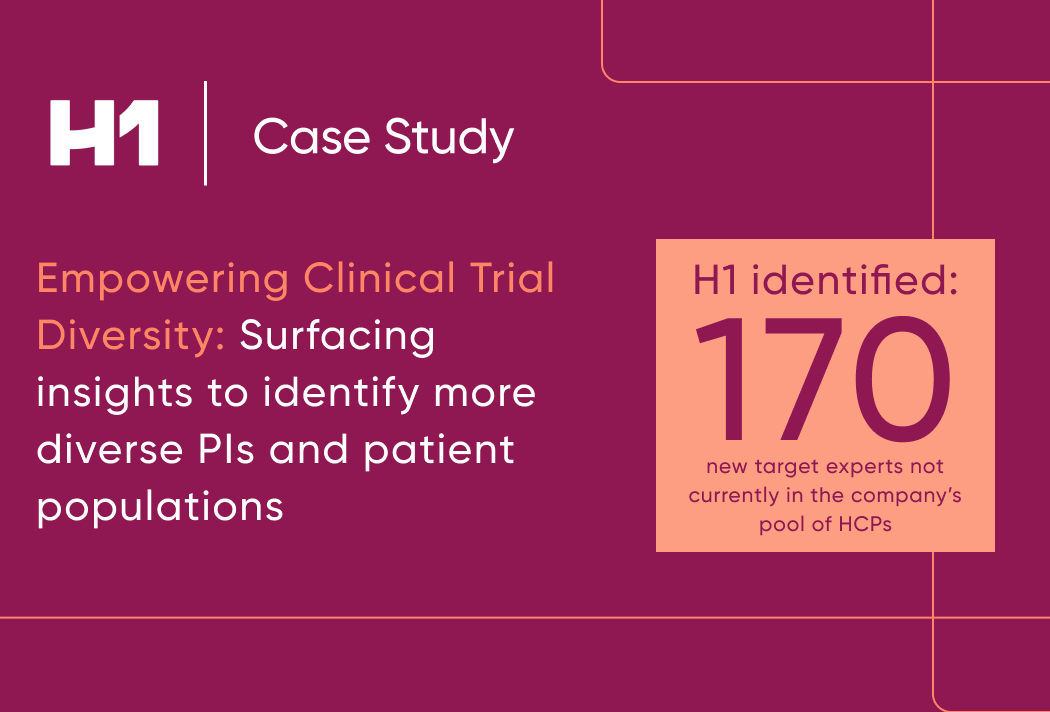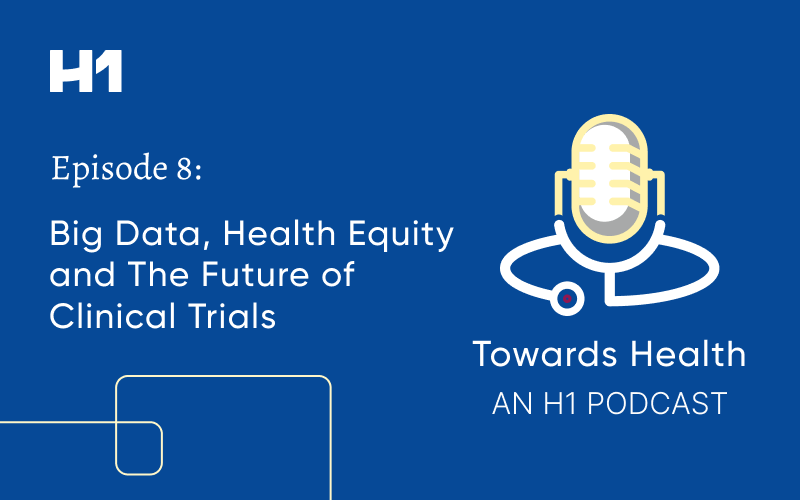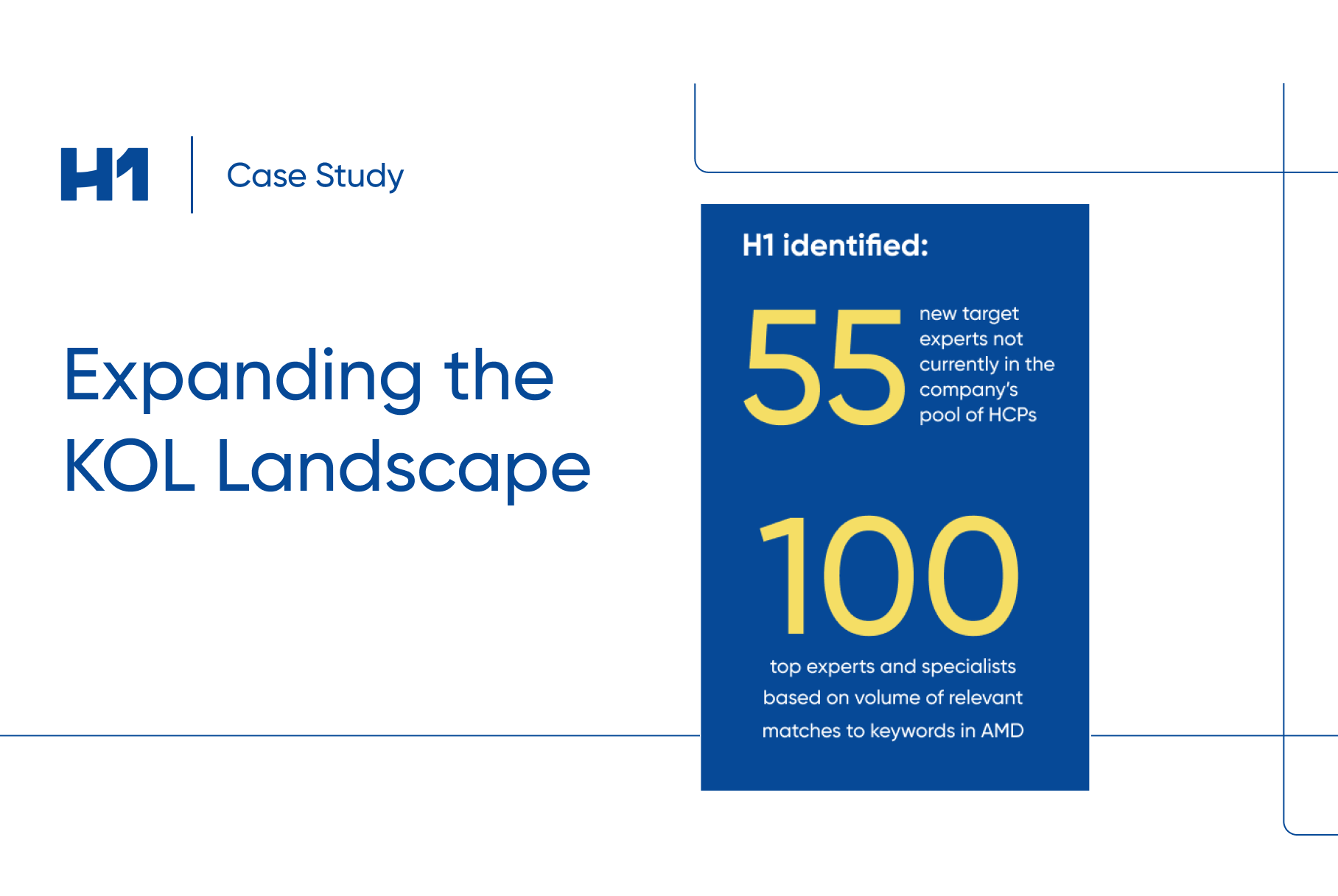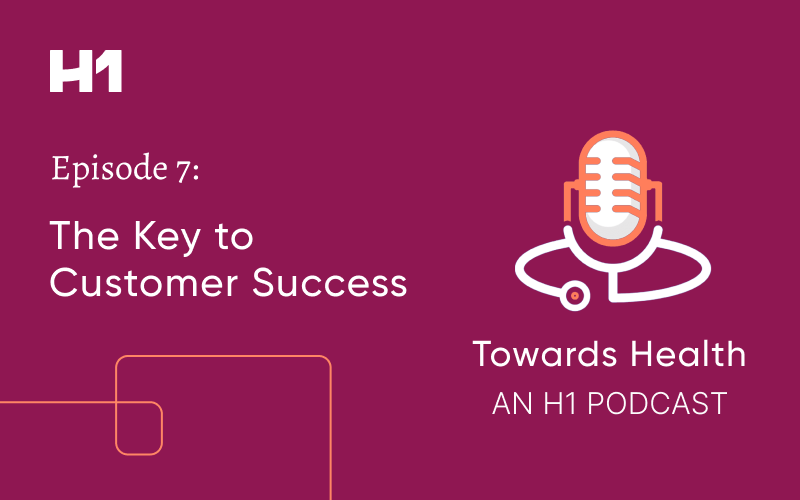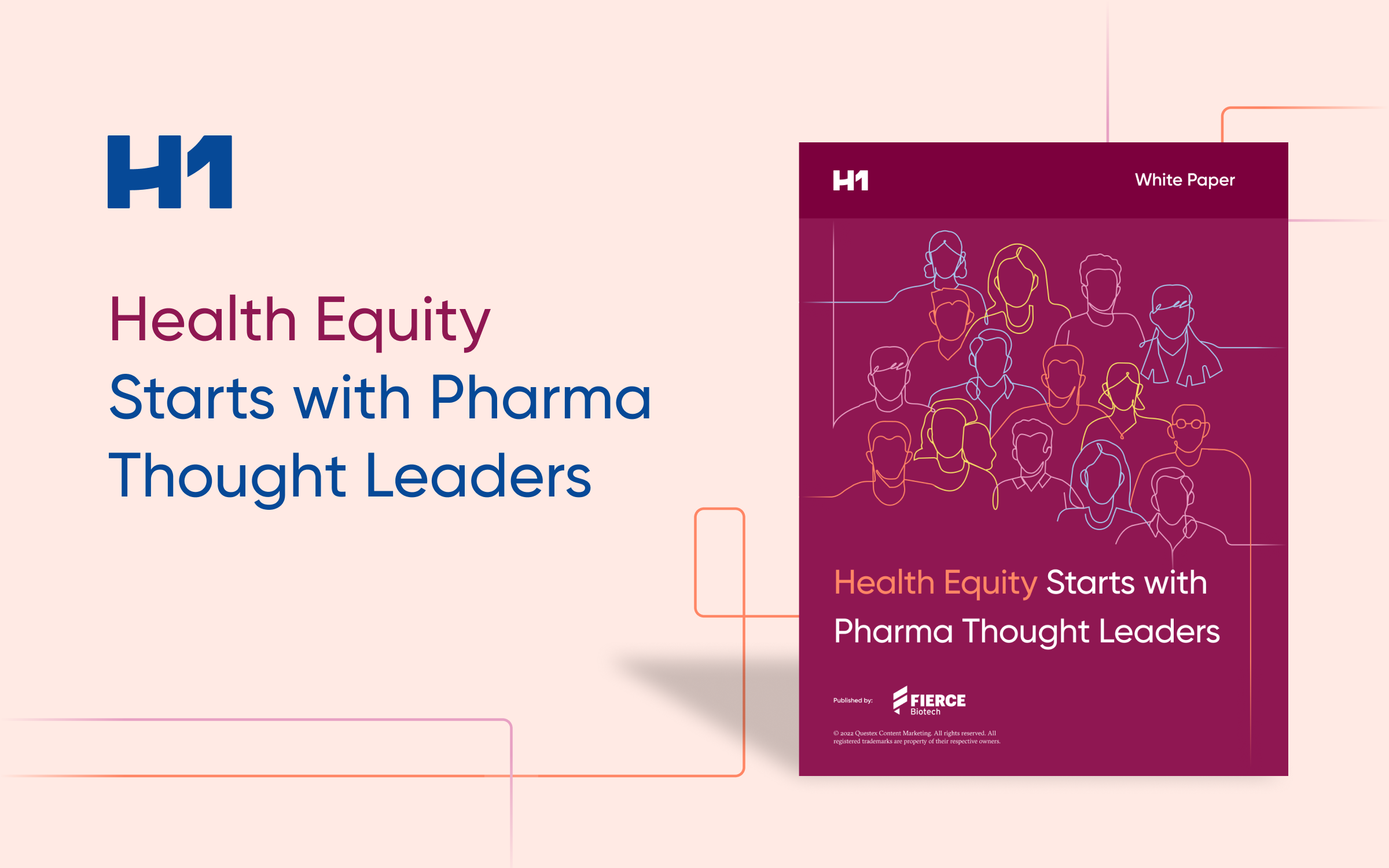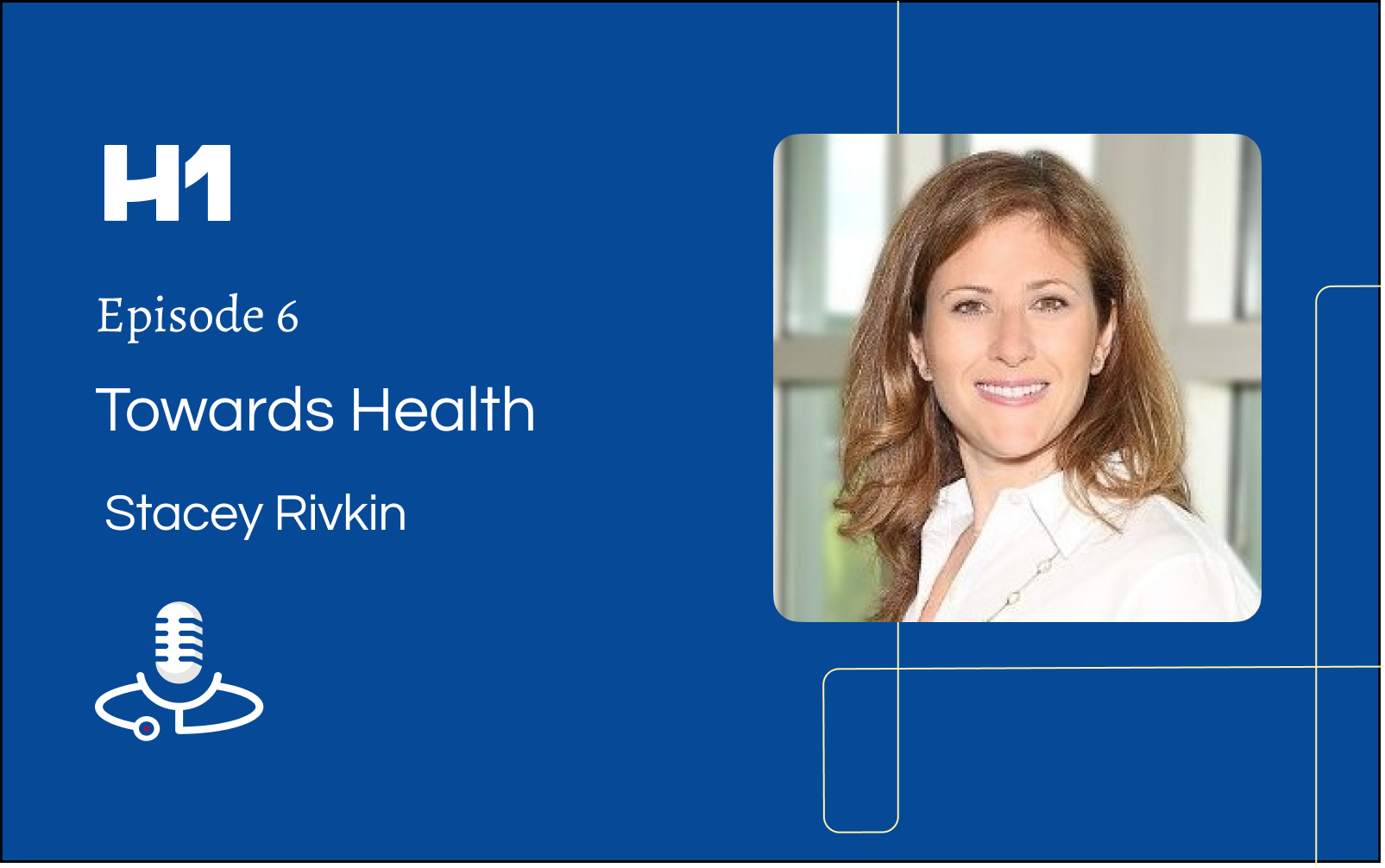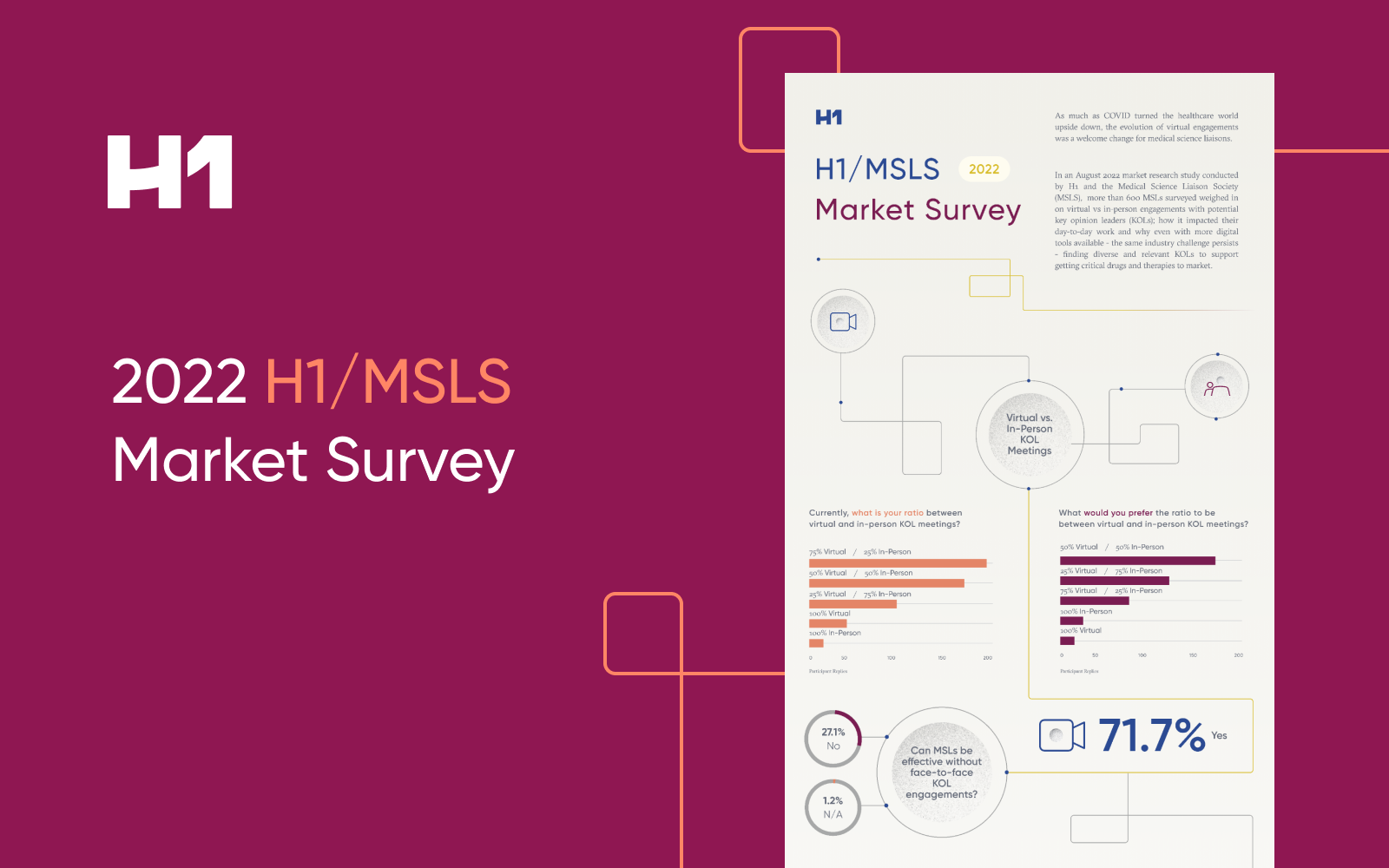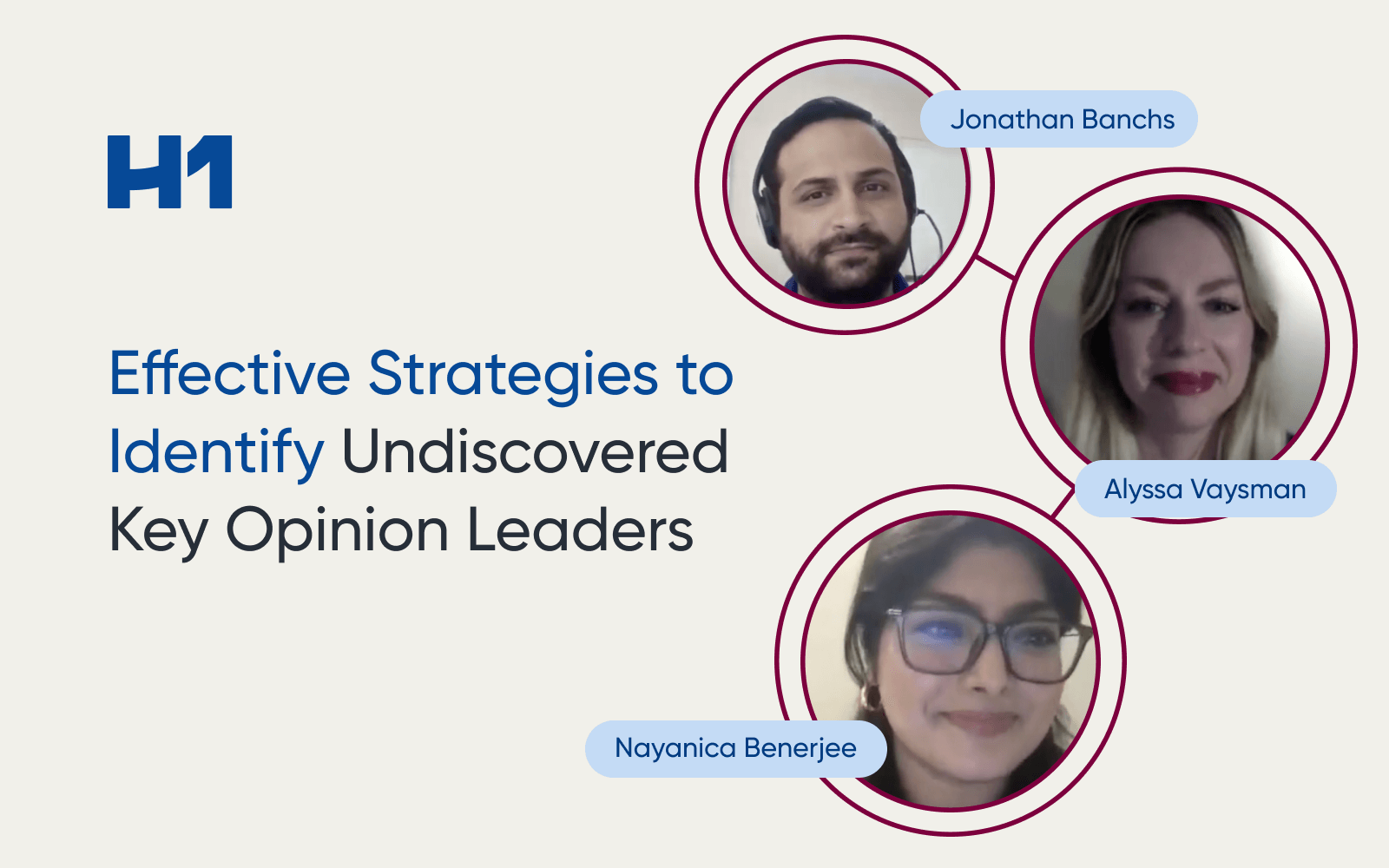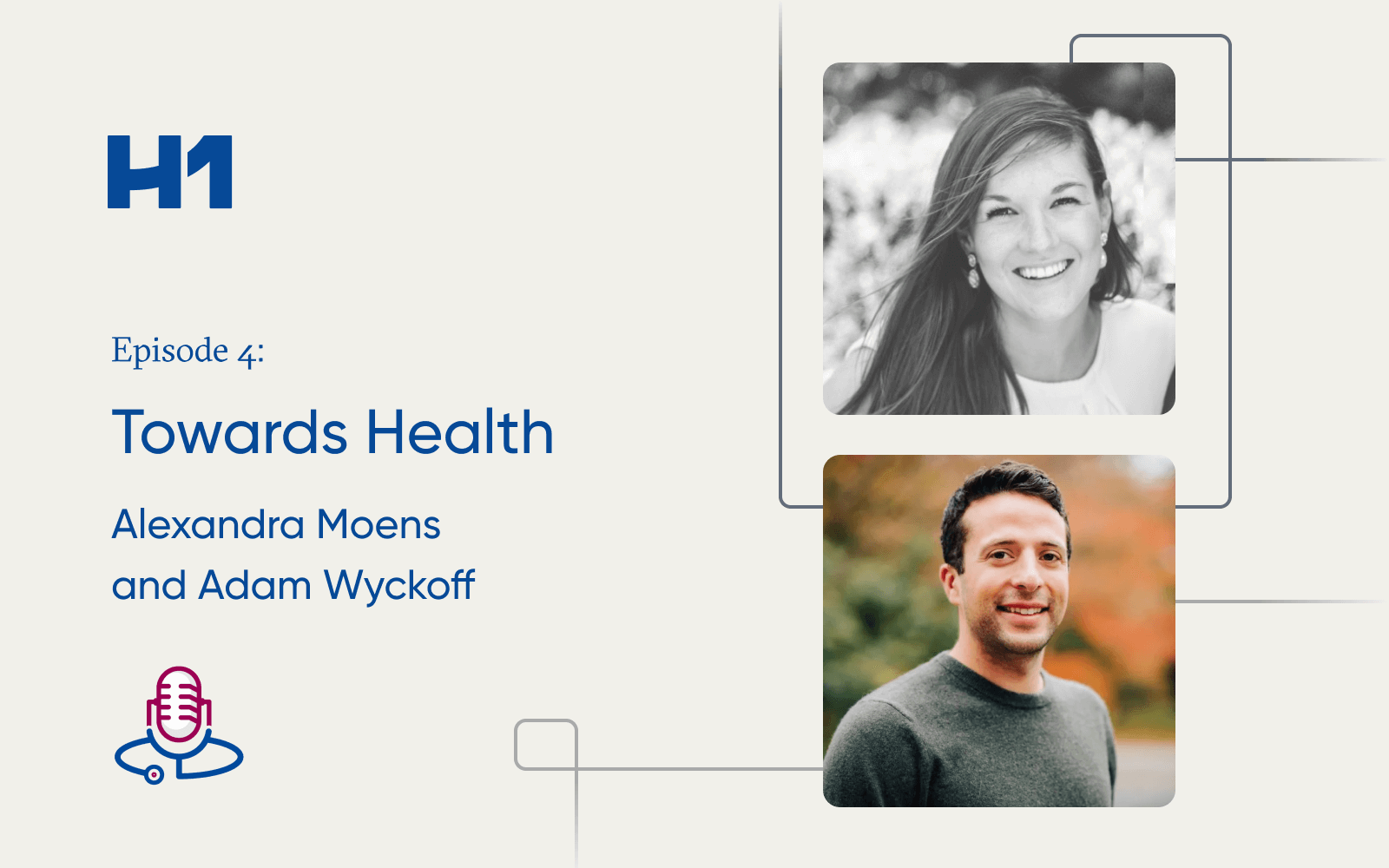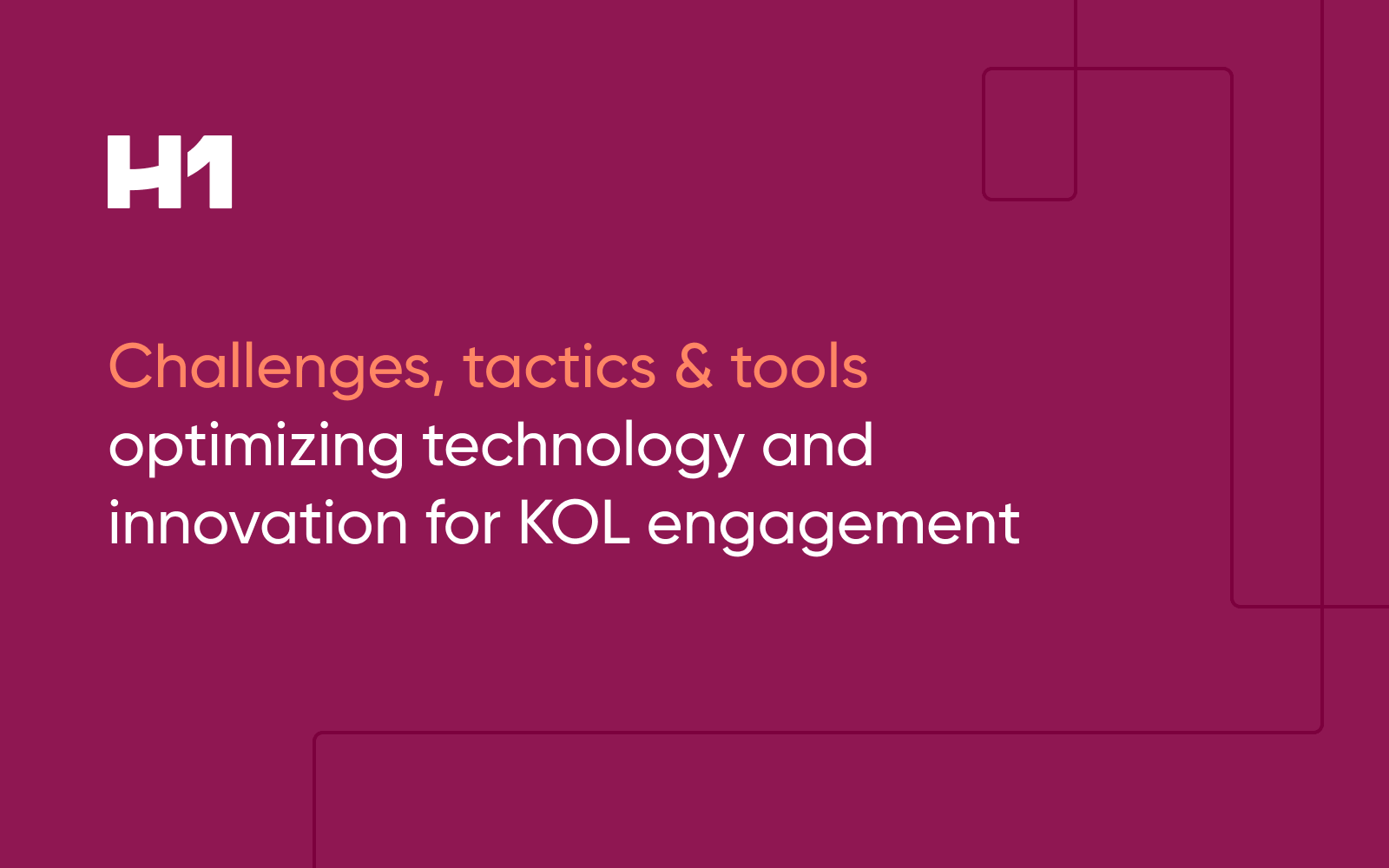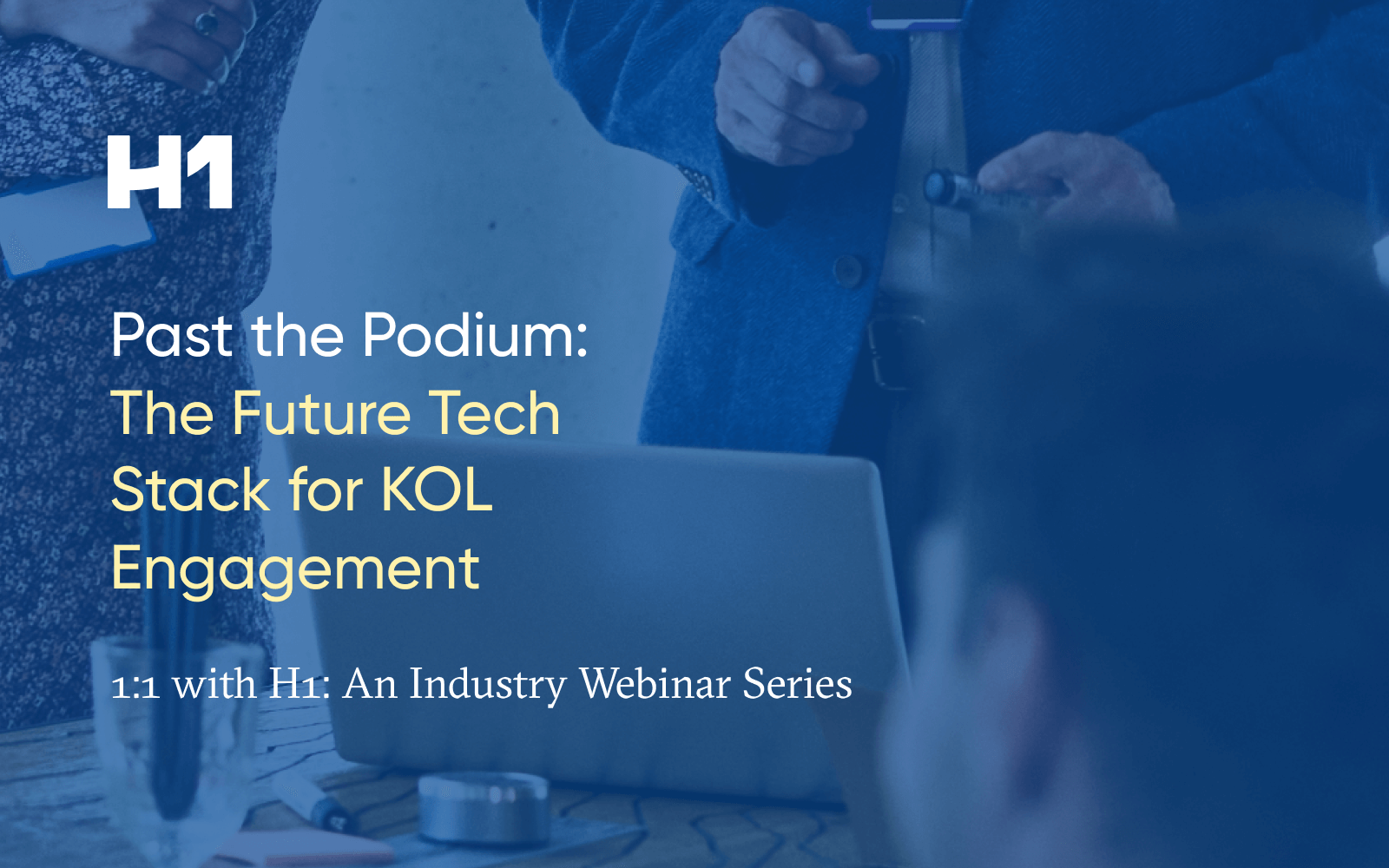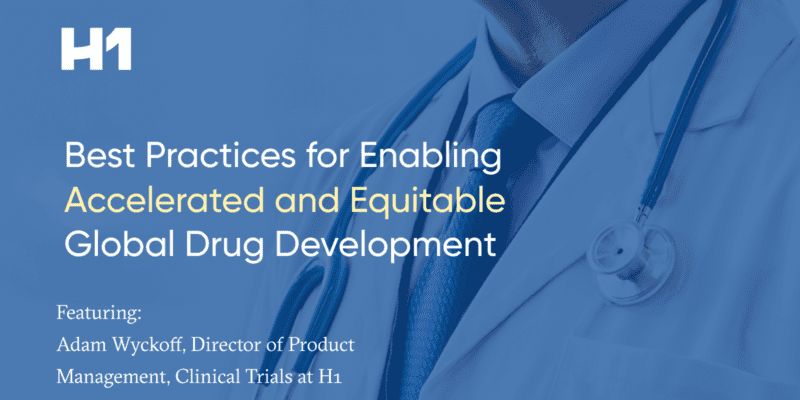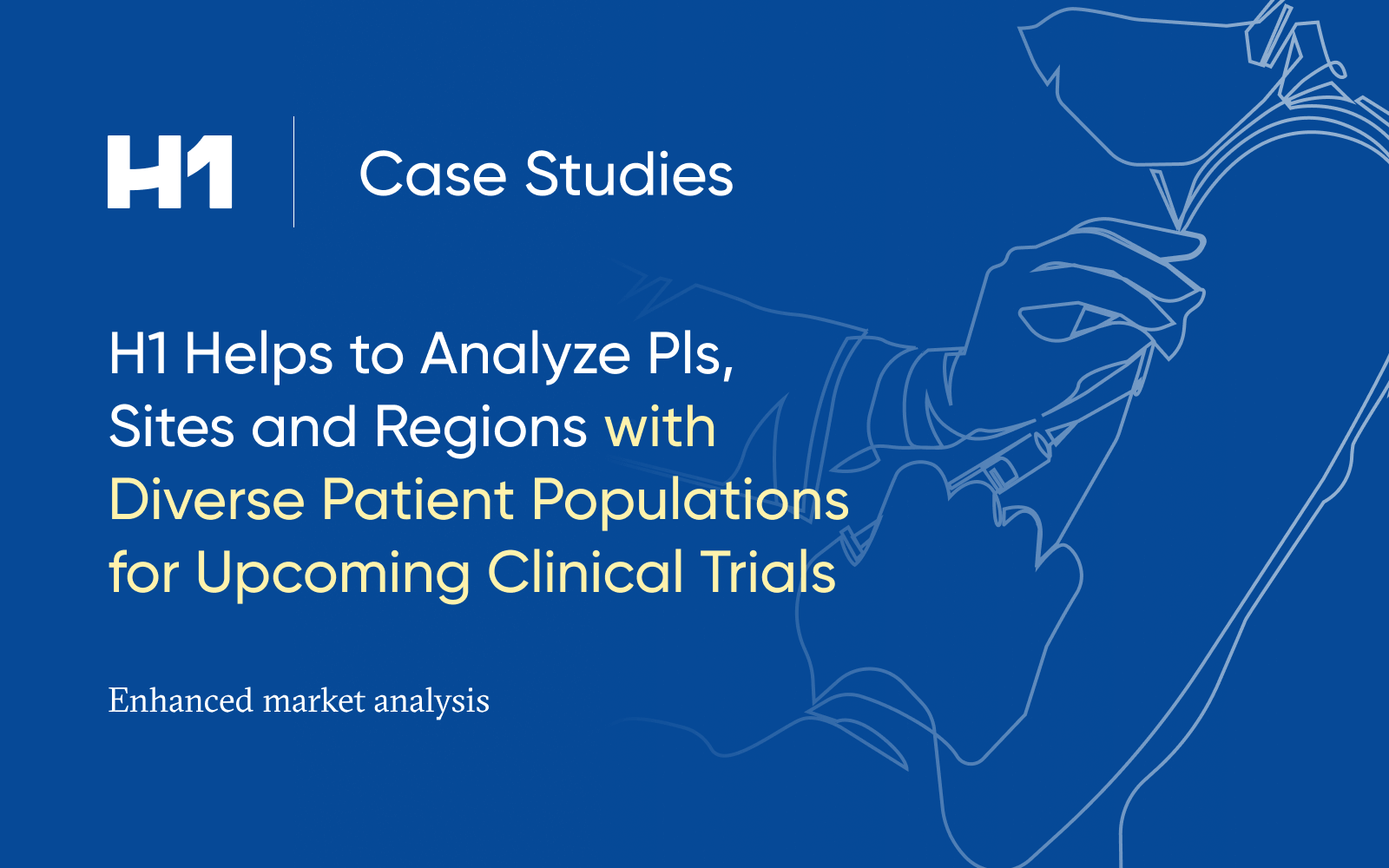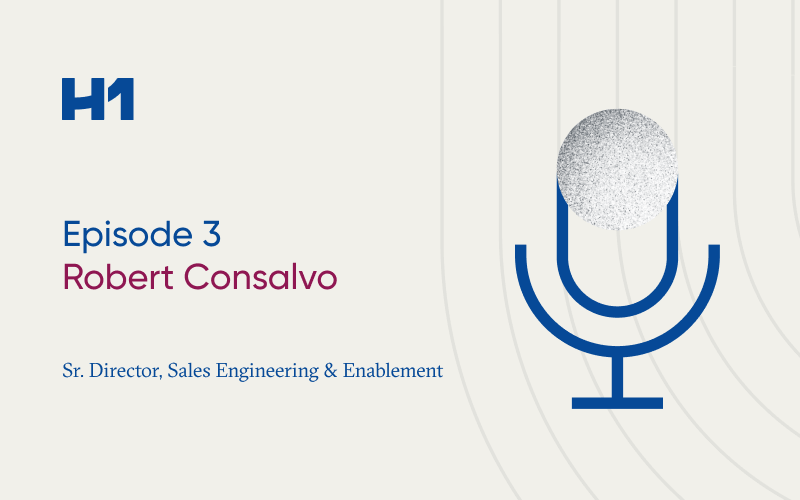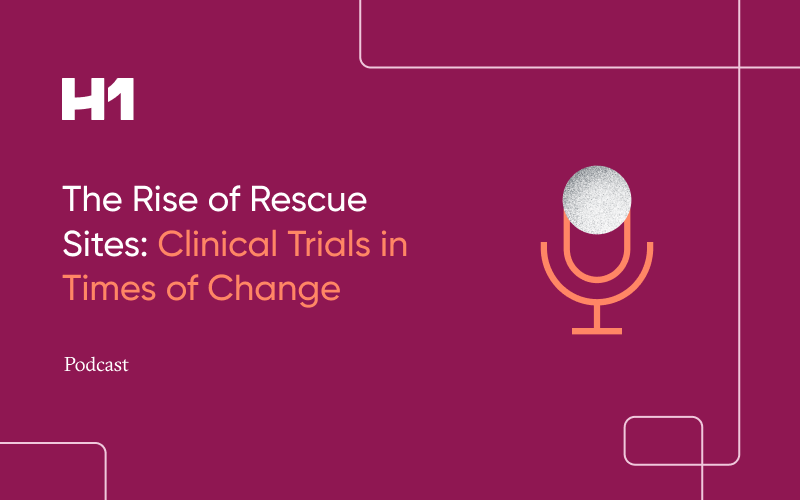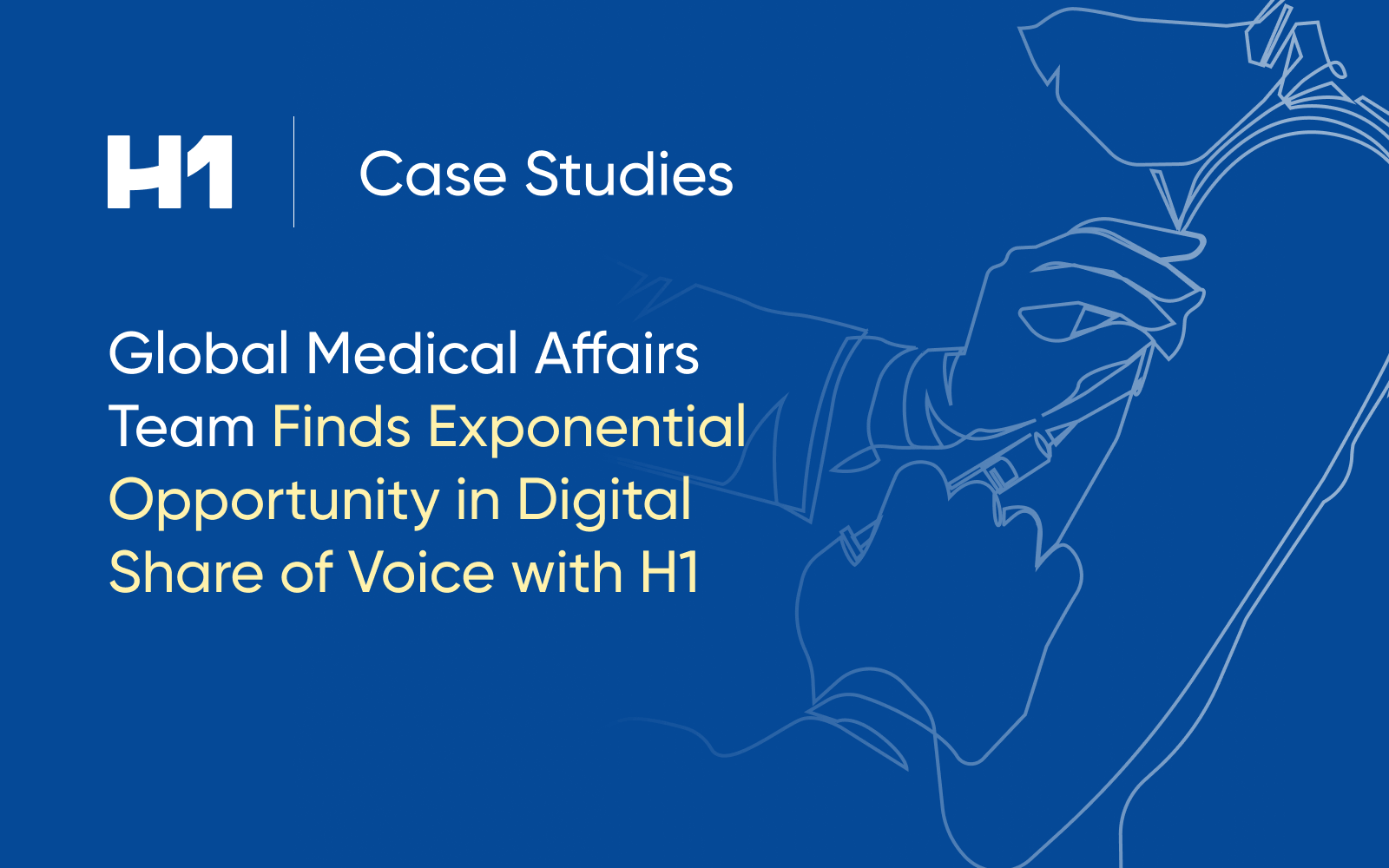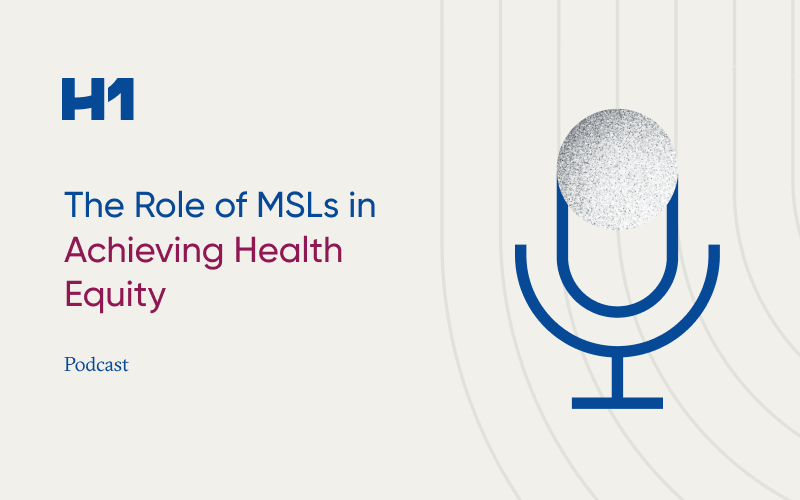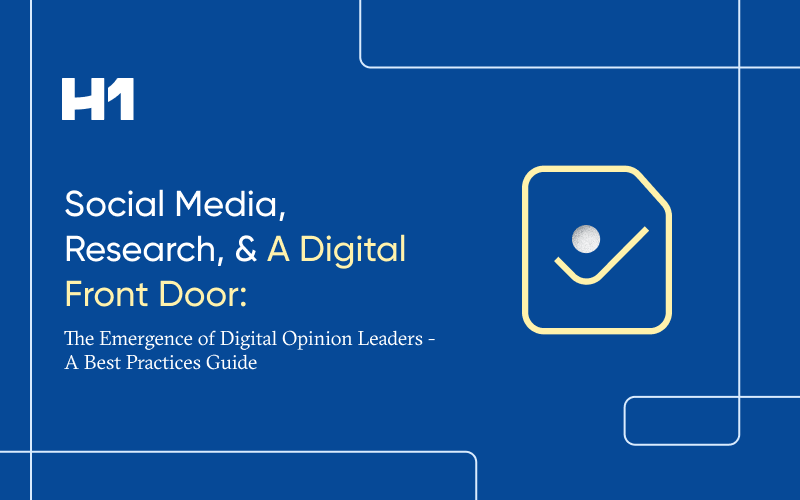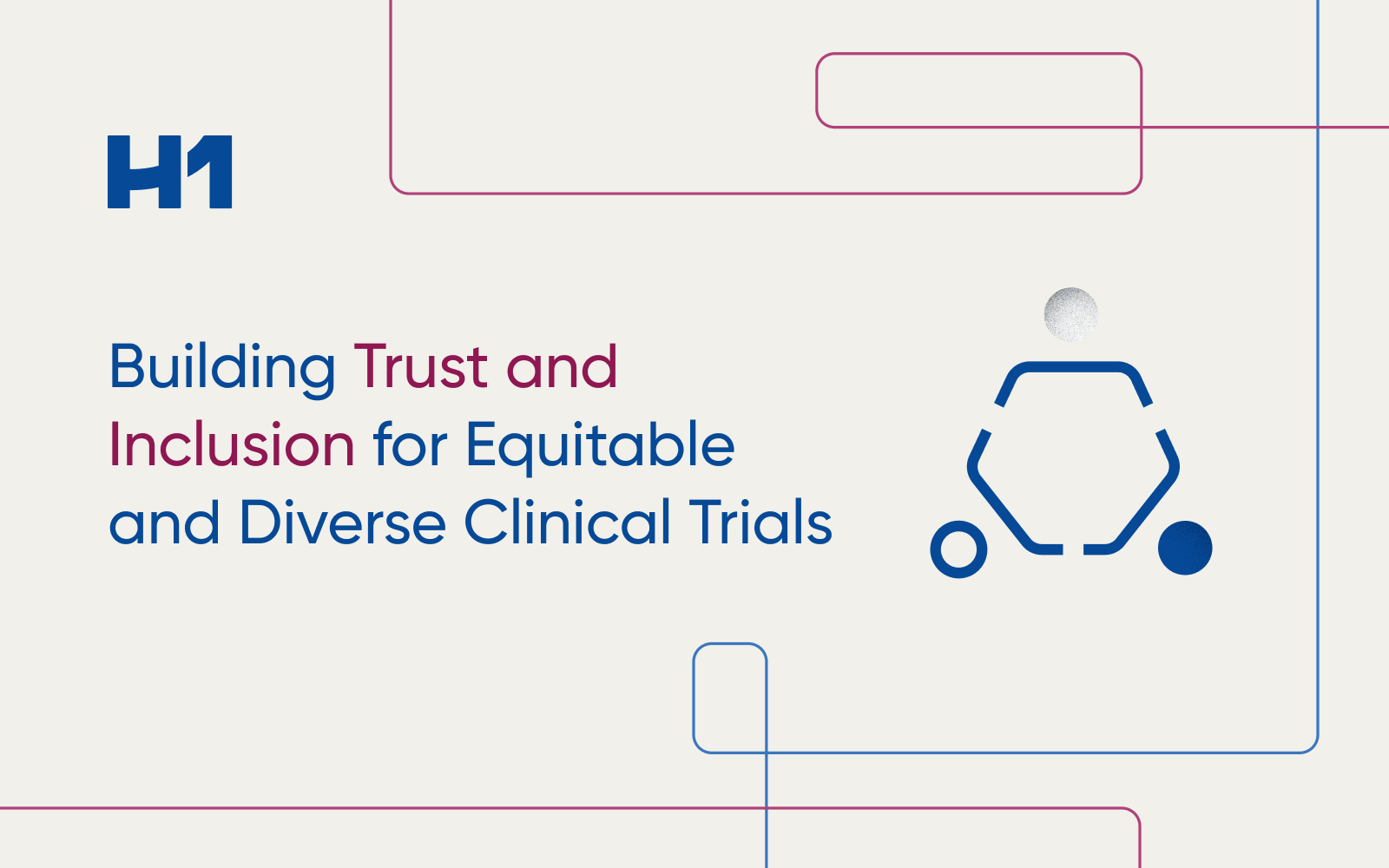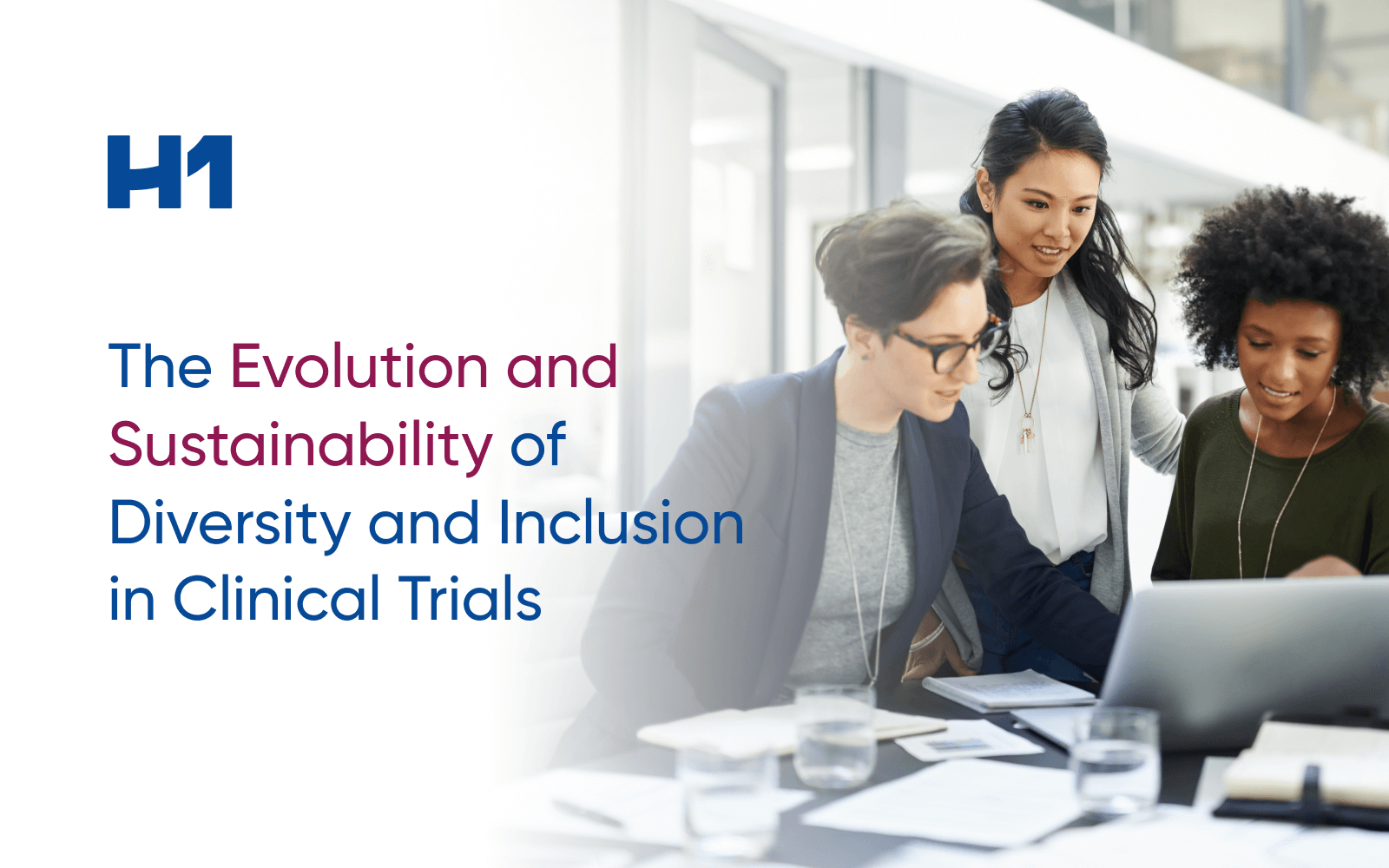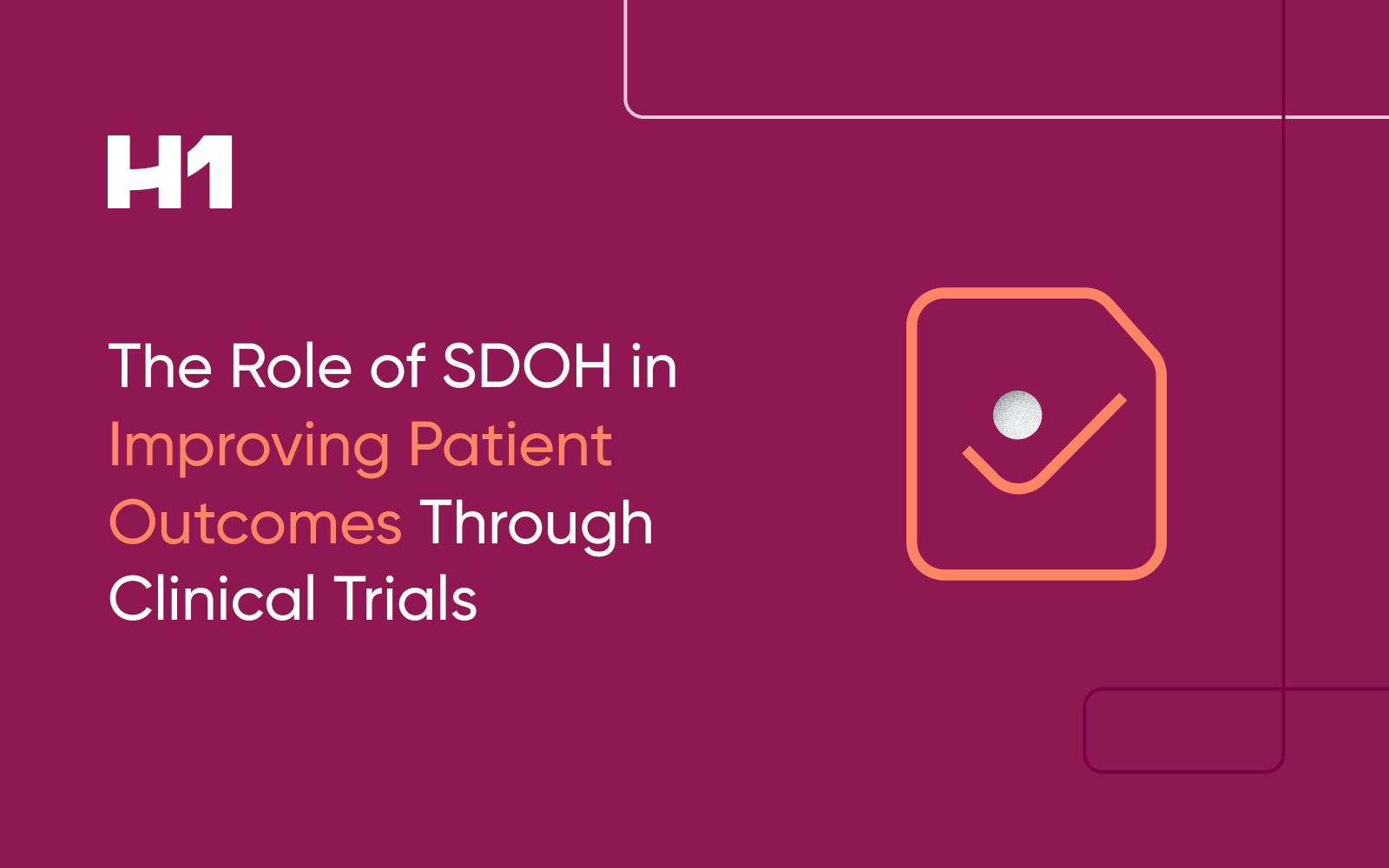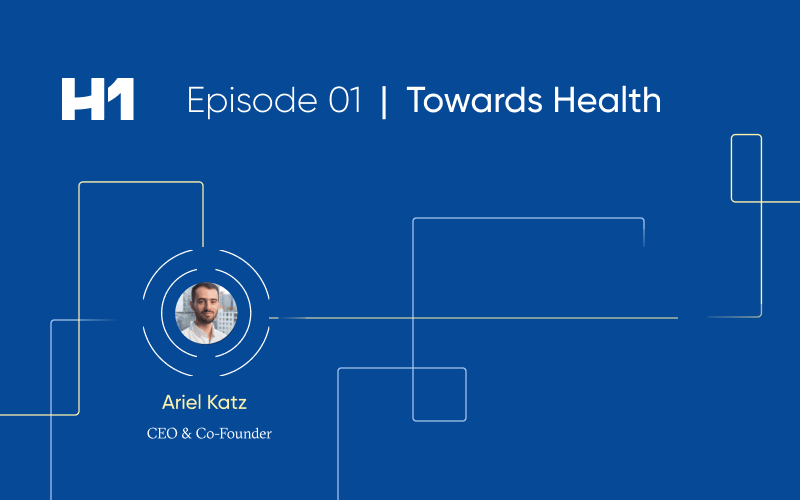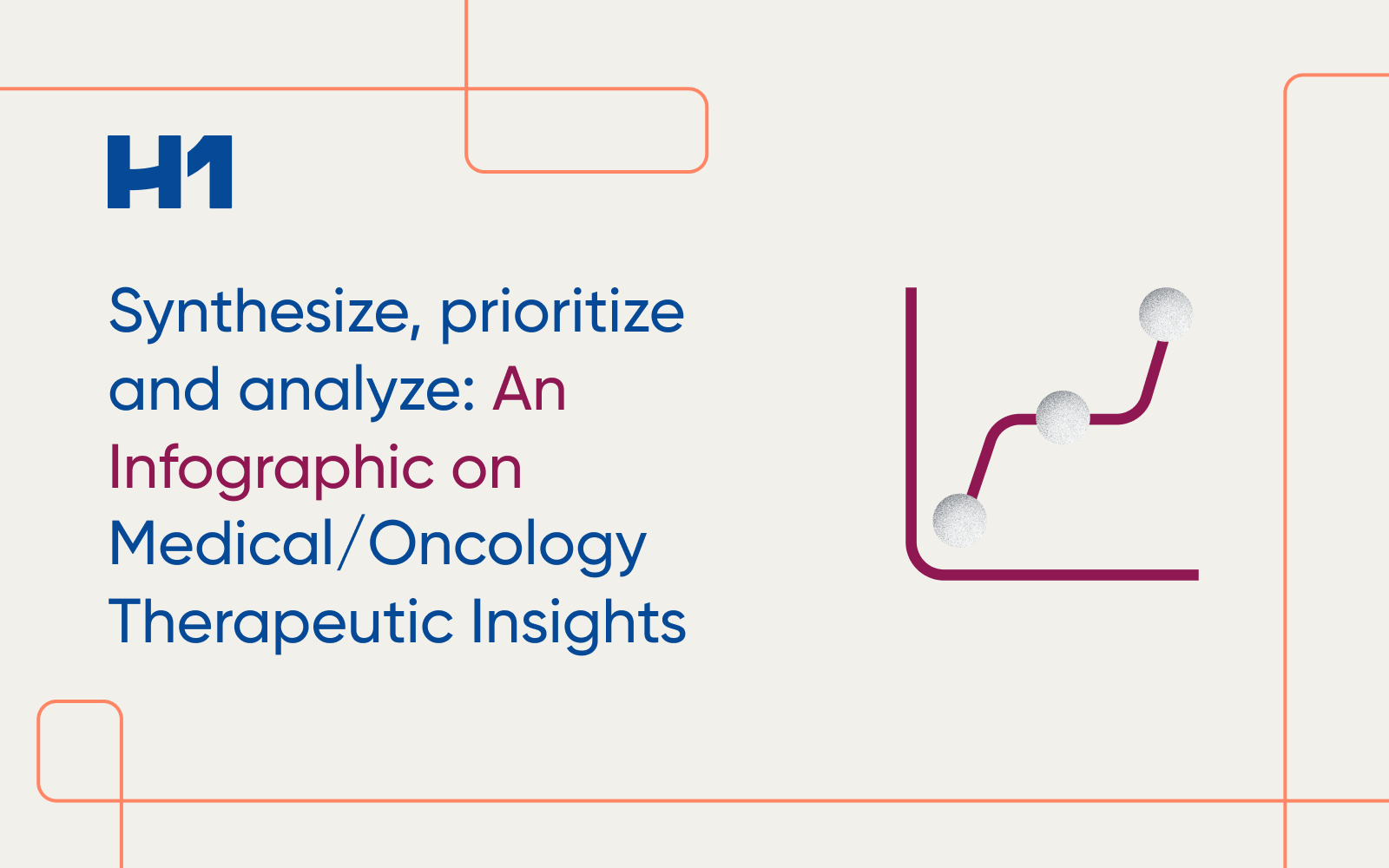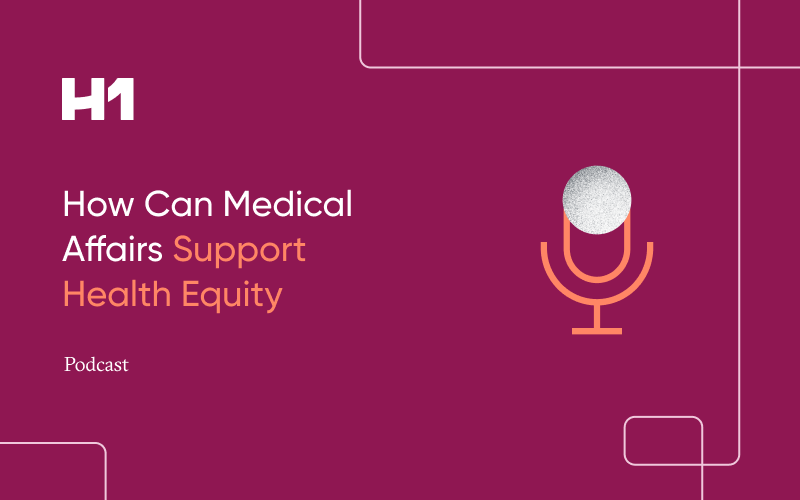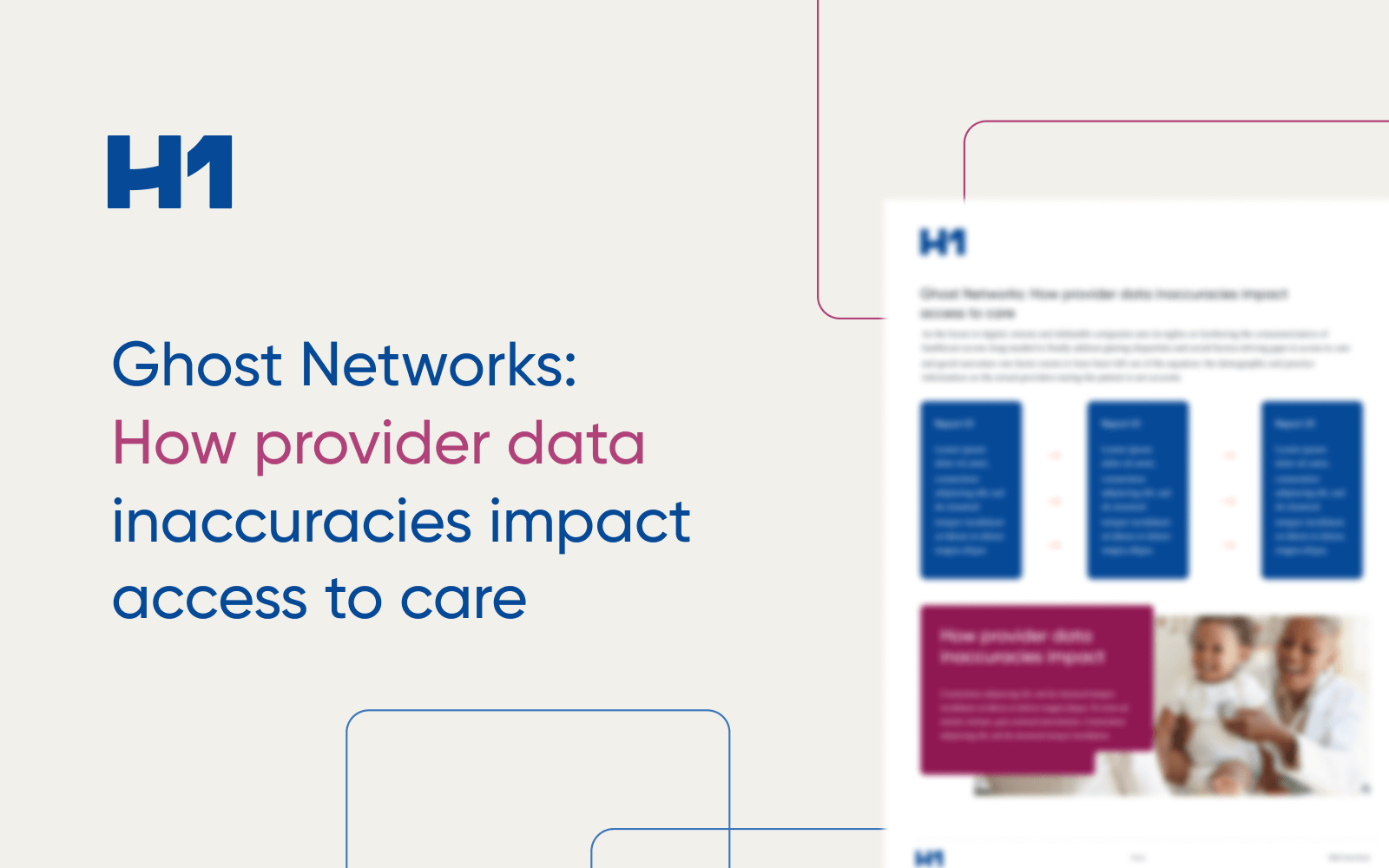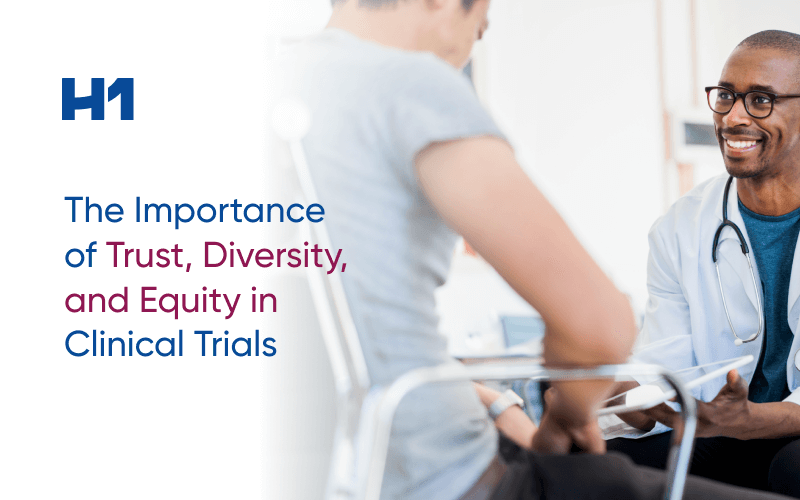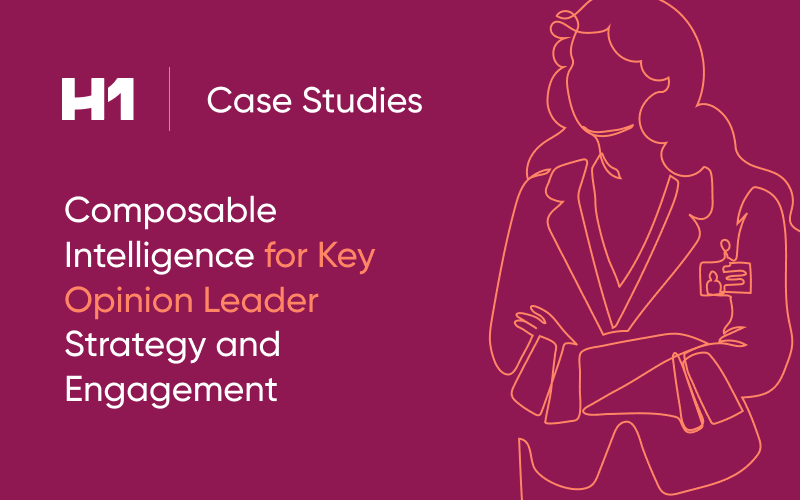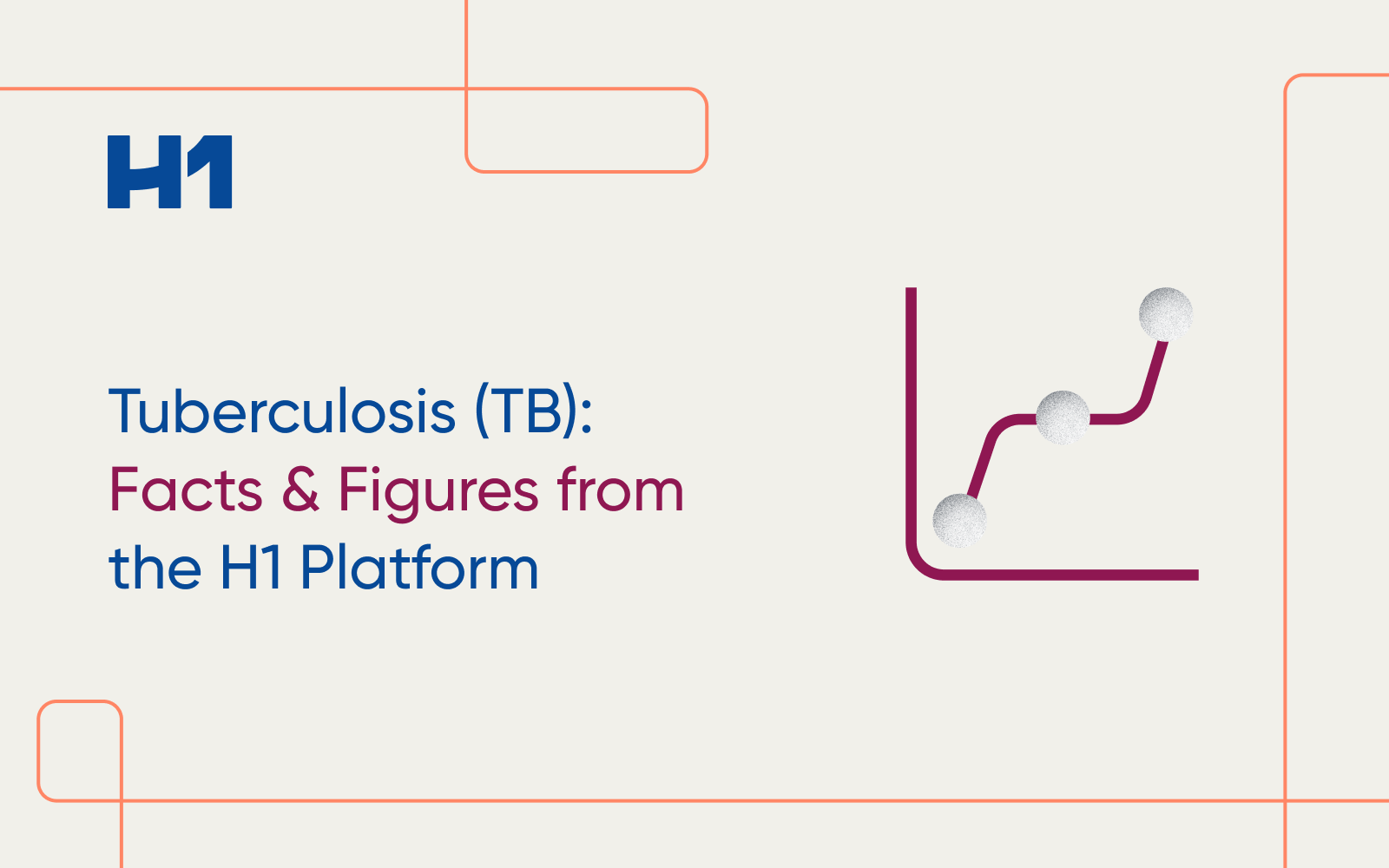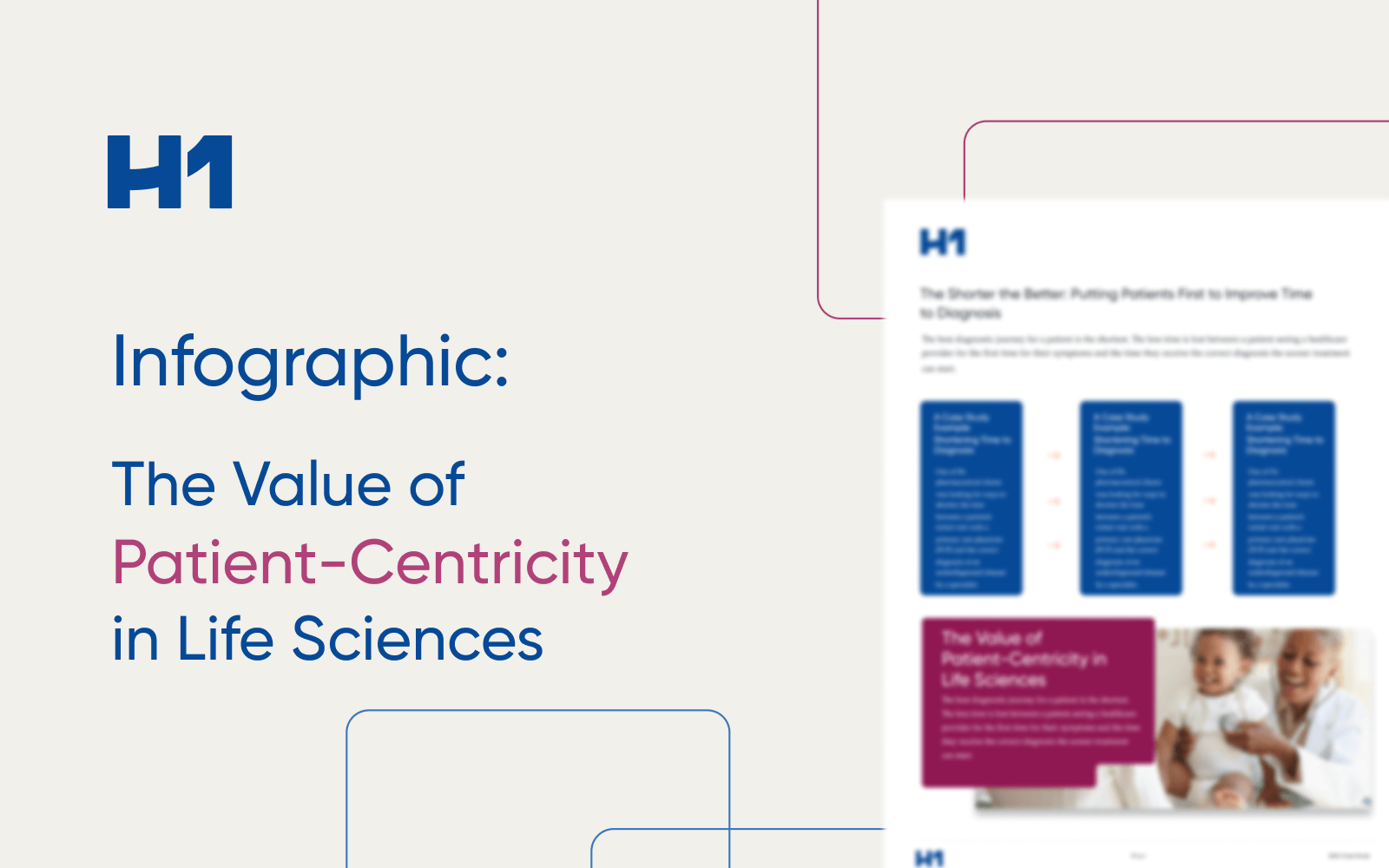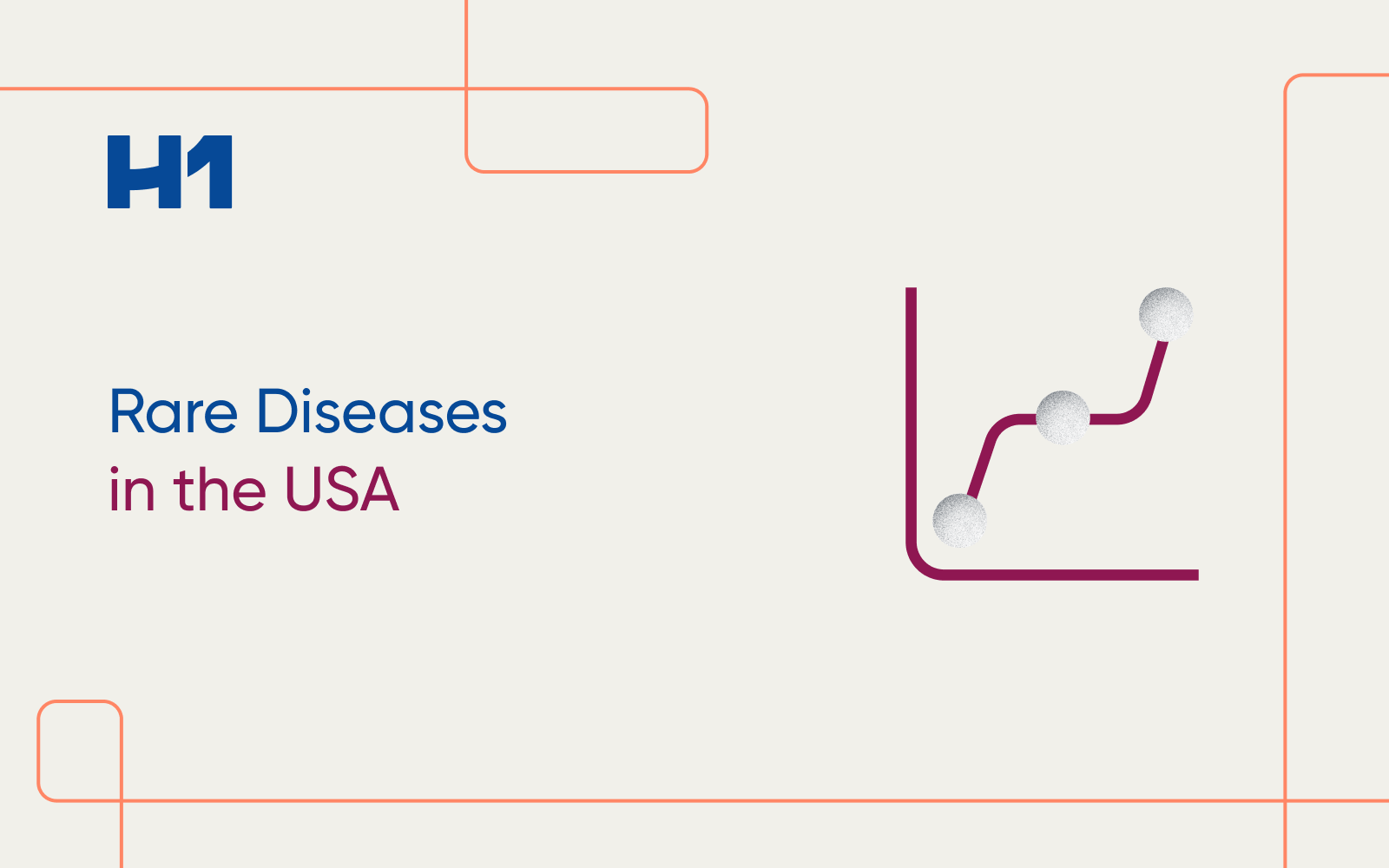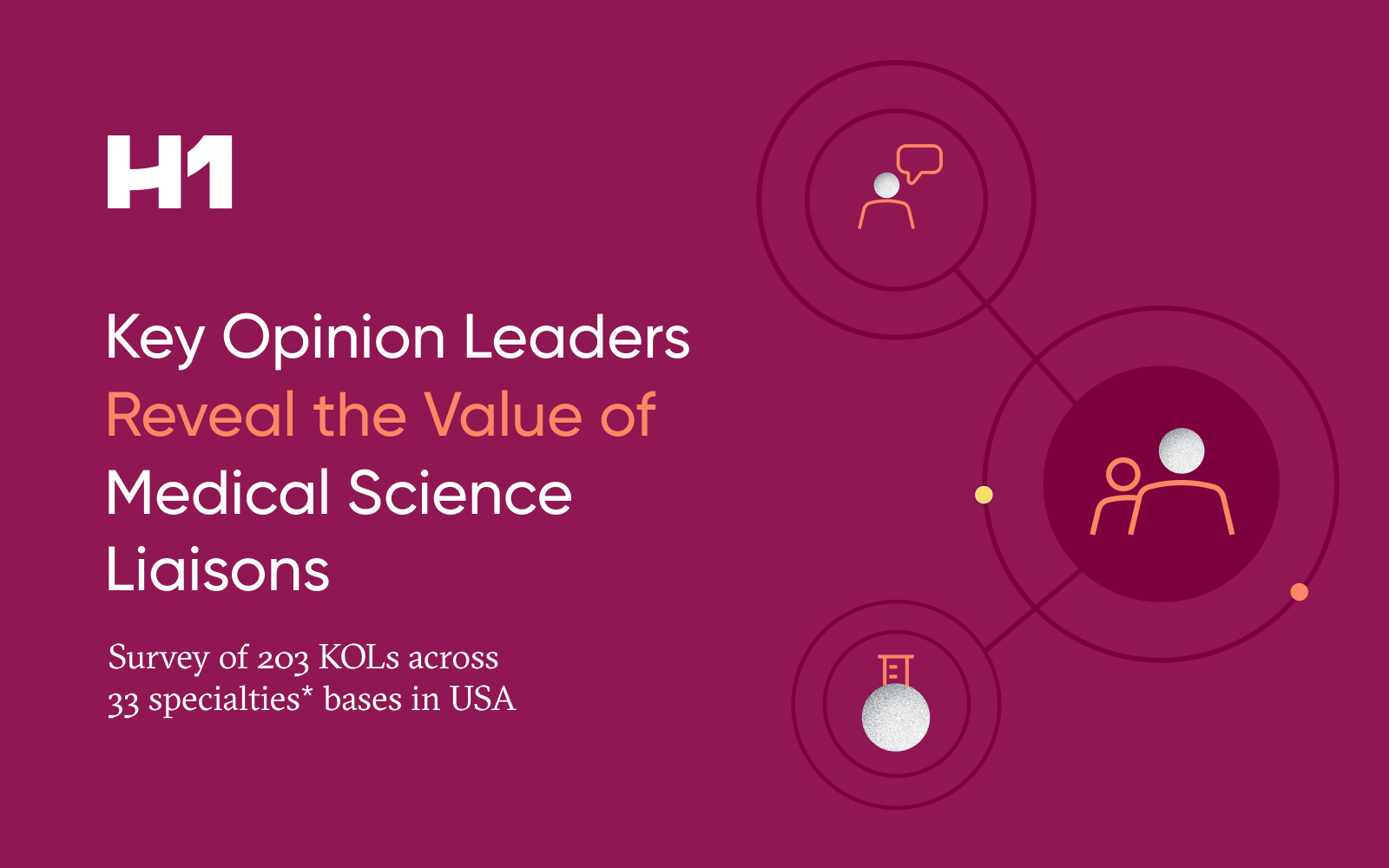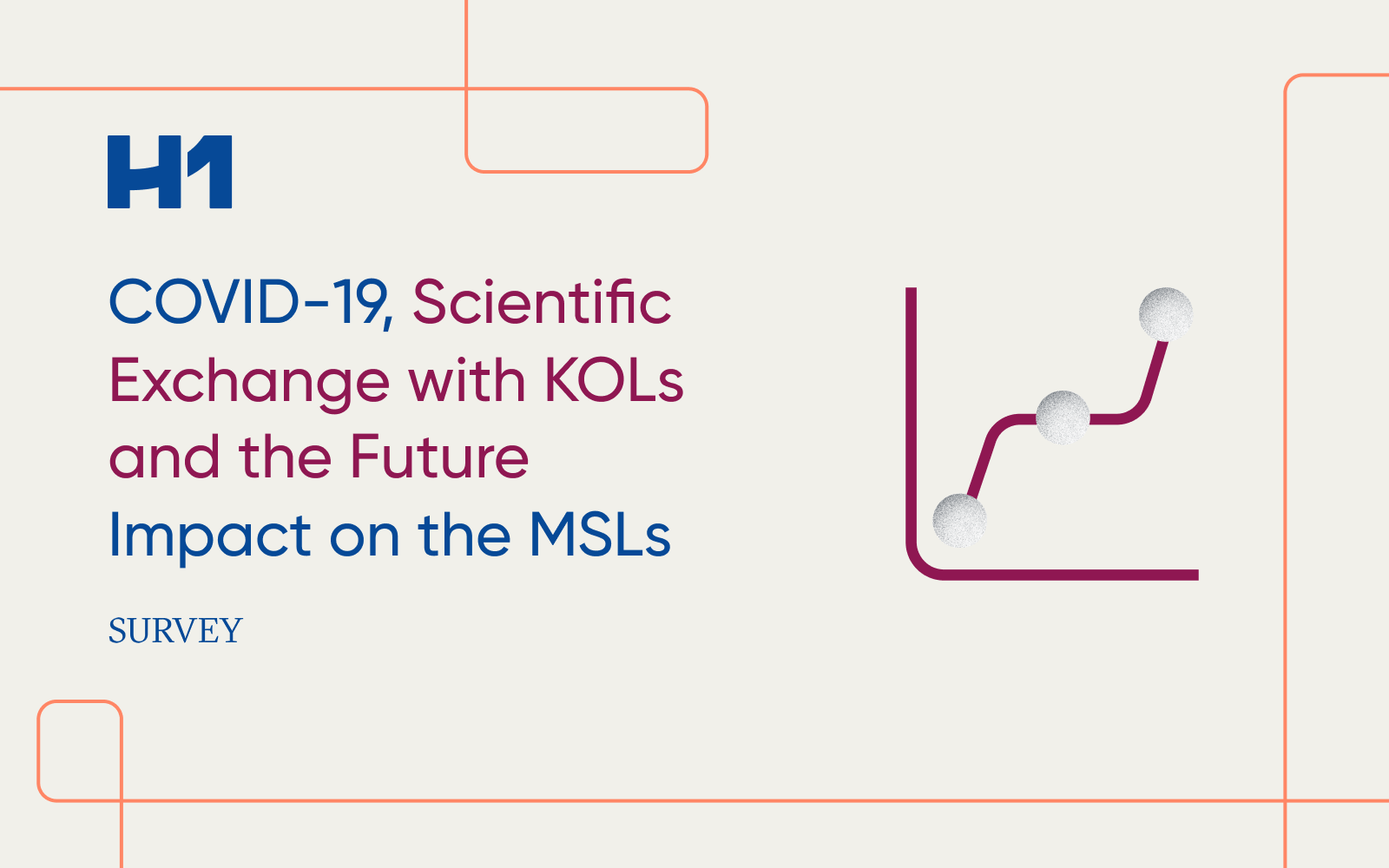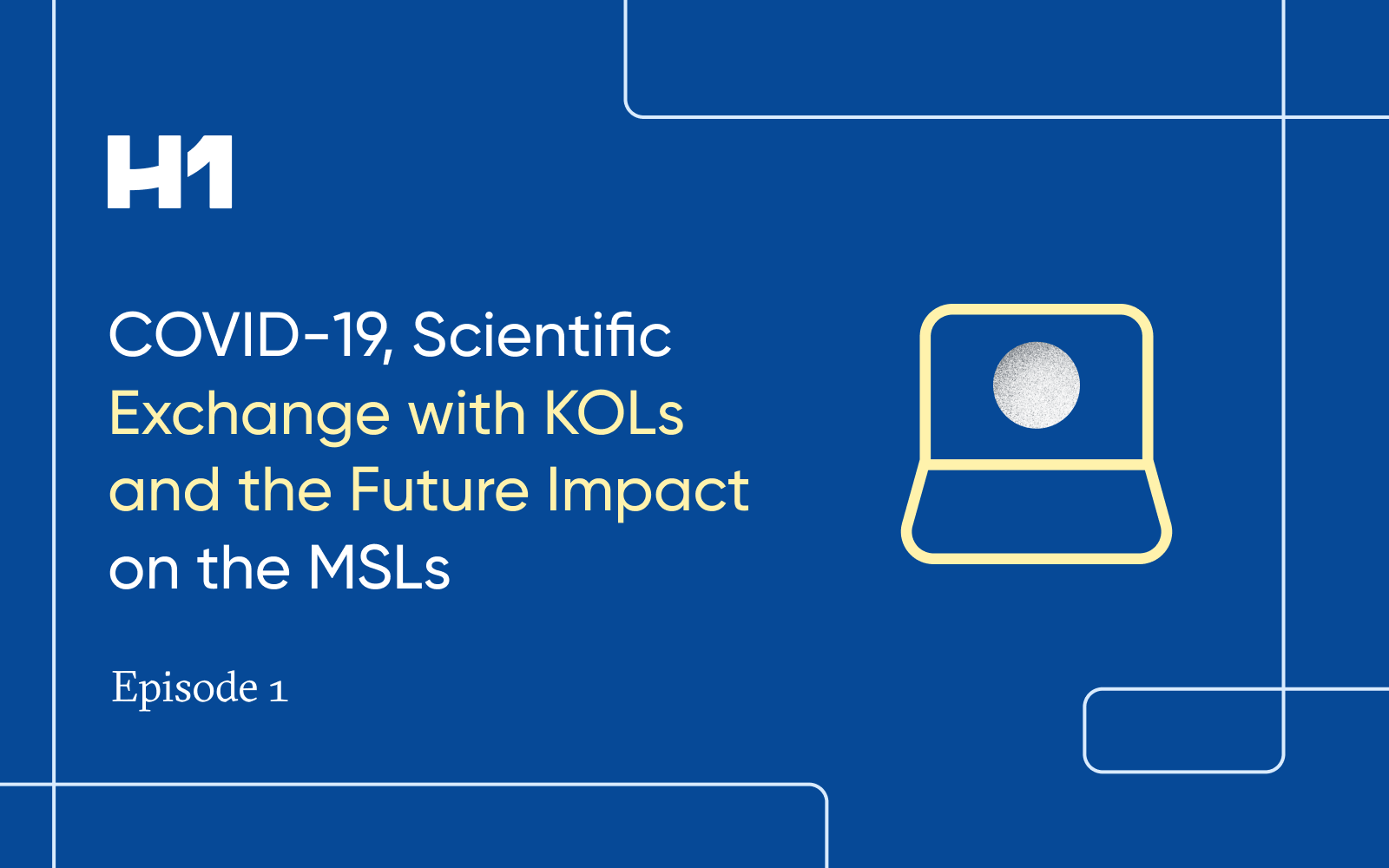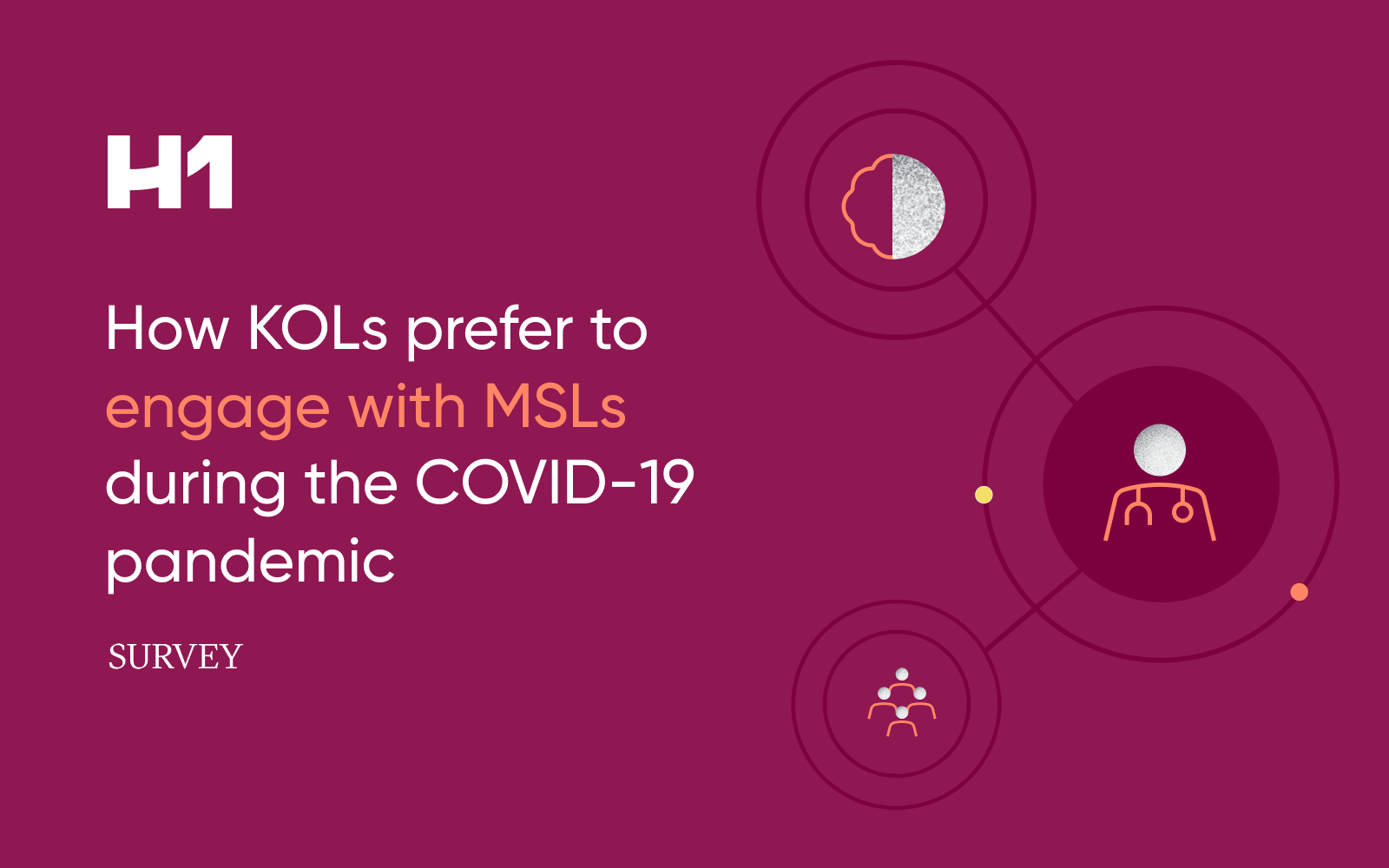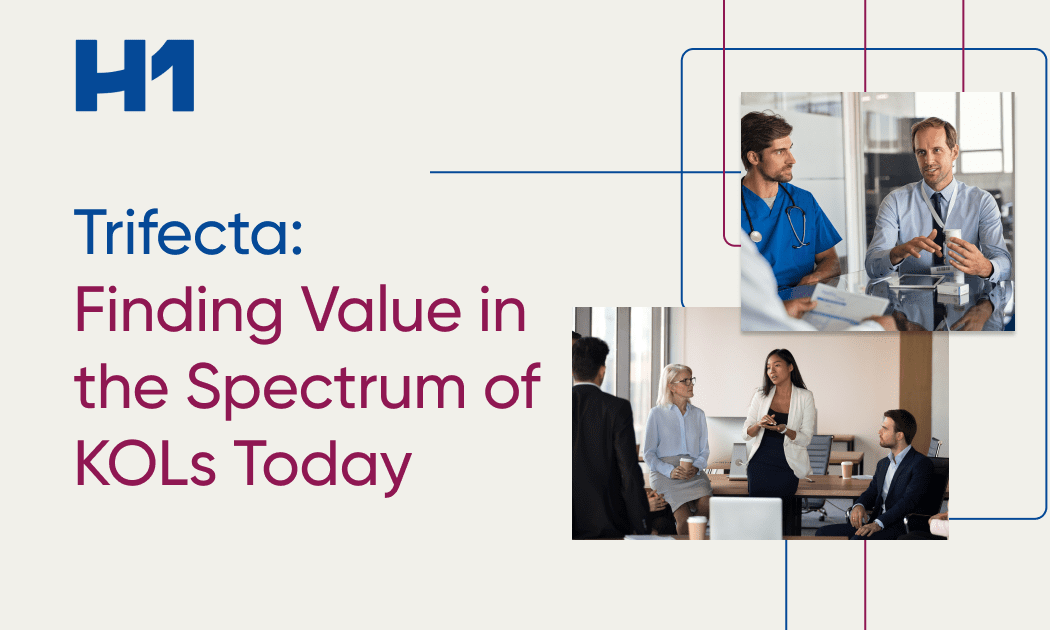
Trifecta: Finding Value in the Spectrum of KOLs Today
Historically, when finding healthcare experts or key opinion leaders for pharma, biotech, and med tech, these medical experts have covered traditional scientific communication channels including publication authoring; clinical trial activity; congress participation; and other conventional activities that typically followed an established and somewhat straightforward process for Medical Affairs teams.
However, the rise of social media influence and the advance of digital communication channels have created a new opening beyond the traditional scientific arena for developing an effective KOL strategy and for discovering and engaging in true digital opinion leaders who may have been missed in traditional identification strategies. New approaches must consider a balance of traditional KOL tenure and the reach of rising DOLs.
Let’s take a look at what we mean when we refer to traditional KOLs, digital opinion leaders, rising stars and what H1 has termed uncut GEMS.
The spectrum of KOLs used to be able to be visualized with a pyramid with very clearly defined lines around local treatment leaders and global industry veterans at the top. Now, that image has more blurred lines and looks more like a puzzle.
The industry is shifting so that our next generation of thought leadership is really more interlocking puzzle pieces where KOLs fit in with digital opinion leaders; people who are seeing patients like clinical leaders; rising stars or uncut GEMS, which are really those people who may not be early in their career but haven’t been engaged with before as thought leaders.
There’s definitely a new ecosystem that we’re thinking about when we talk about the healthcare landscape. So let’s start with what a digital opinion leader is and how they differ from traditional KOLs. A.digital opinion leader could mean a healthcare professional; doctor; nurse; or pharmacist or any other healthcare professional who holds a certain level of influence in the digital world specifically in the social media world.
A lot of people focus on the differences between KOLs and DOLs, but let’s look at the similarities:
They BOTH are medical experts in their own right; they BOTH have an interest in new science and need relevant content they want to communicate. The biggest difference is that the DOL is communicating in mostly digital channels like social media, but it is unorchestrated and a real-time ecosystem rather than a planned and structured way of communicating, so it requires a different set of skills. You also have traditional KOLs who have more traditional measures of influence like academic appointments and publications. So you can have a DOL with a high number of followers engaged and their performance is primarily driven by themselves. Specifically, when we are talking about DOLs, we’re usually focused on people who are either healthcare providers or people in the healthcare landscape that are focused really on specific therapeutic areas.
It fundamentally comes back to influence: a digital opinion leader may have 2,000 or more followers. In the case of HCPs, those followers might be very connected to the physicians that a given pharmaceutical brand may be seeking to influence, so it’s the megaphone that they have in the social media that makes them different and in some cases more influential than traditional KOLs.
Let’s take a look at a recent analysis H1 did for a top 10 global pharma company that was looking to create a medical science liaison (MSL) dedicated solely to digital engagement with thought leaders; HCPs; and KOLs. What H1 opened up for them within the H1 platform and within the HCP Universe solution was a broader spectrum of thought leaders with a digital footprint than they had ever had before to both identify; target and engage, but also to be able to divide; draw; and align new digital MSL territories. This team would cover all therapeutic areas to support reactive scientific exchange and reach new KOLs.
